Delicately transposed, it’s the displaced materiality in Eric Baudart’s works that spurs their contemporary resonance. Honey-combed plastic, millimeter paper, adhesive tape – everyday, commonplace utensils are flushed of everyday contextualisation and repurposed to create oeuvres that titter on the edge of artifice. Living and working in Paris, Baudart pursues a practice that evolves from Duchamp’s readymade, whilst simultaneously devolving from it; the works or situations proposed are not mere found objects but rather reconfigured and repurposed, composed and re-choreographed materials that have been carefully assembled or moulded to mount a delicate ballet of shapes, colour and form.
The work Cubikron 2.0 (2013), for example, stands as a clear rectangular plinth: a testimony to the adages of Antiquity, yet, simultaneously a kind of affront to its original marble materiality. Conceived of honey-combed plastic, the medium defies the gravitas of the original, whilst offering the properties of line and oscillating light. Humour, and its nascent presence, is moreover emphasised by the fiction of the title, which on the one hand derives from the Latin cubicos and on the other hand the Greek kybikós, both signifying ‘having three dimensions’. Baudart has effectively created his contemporary own; a creation that can not only stand the tests of time – and perhaps even longer than in its original conception – but also a formation that is to be viewed and observed not as a support, but as an object in its own right.
Baudart is also concerned with process; how beyond the material, its properties and original significance as well as use can be reconfigured or represented by a manner of practice. Scotch (2013), for example, presents a photograph printed on tracing paper laid on alveolar plastic. From immediate observance, however, one is not taken by this near-scientific manner of experimentation; instead one is fixated on the result, the soft pink tonal hues, which are balanced by an abstract juxtaposition of undulating lines. It is only after considering the title and Baudart’s witticism that one thinks of the brand of tape, so often found in classrooms and various ateliers. Presented here, however, Baudart has by a process of creation distracted the viewer from the material’s utilitarian source, drawing instead on its variant aesthetic possibilities.
Permeating Baudart’s work is a further concern with displacement and effect; how by virtue of presentation, one’s interaction with an object can be changed completely. The work Vinci (2013), for example, is a sodden and textured brown doormat, yet, when transposed onto the wall and encased in a metal frame, the viewer is drawn into considering its aesthetic properties. The title, which refers to one of the greatest artistic and scientific minds of the 15-16th centuries conveys again a sense of play yet, it is ultimately the alteration of context that tests the limits of objecthood.
Eric Baudart has been widely exhibited internationally with group exhibitions at the MAMCO, Geneva; Le Petit Palais, Paris; La Centrale for Contemporary Art, Brussels; Bass Museum of Art, Miami as well as solo exhibitions at the Fondation d’entreprise Ricard, Paris and La Maison Rouge, Paris, amongst other locations. In 2011 he was the recipient of the Meurice Prize for contemporary art. Moreover, his practice has been written about in multiple publications, including Mousse Magazine, Slash Paris and The Wall Street Journal. Baudart’s work is held in various notable museum collections, including the MFA, Boston and the MAMCO, Geneva.
Eric Baudart B. Paris, France, 1972
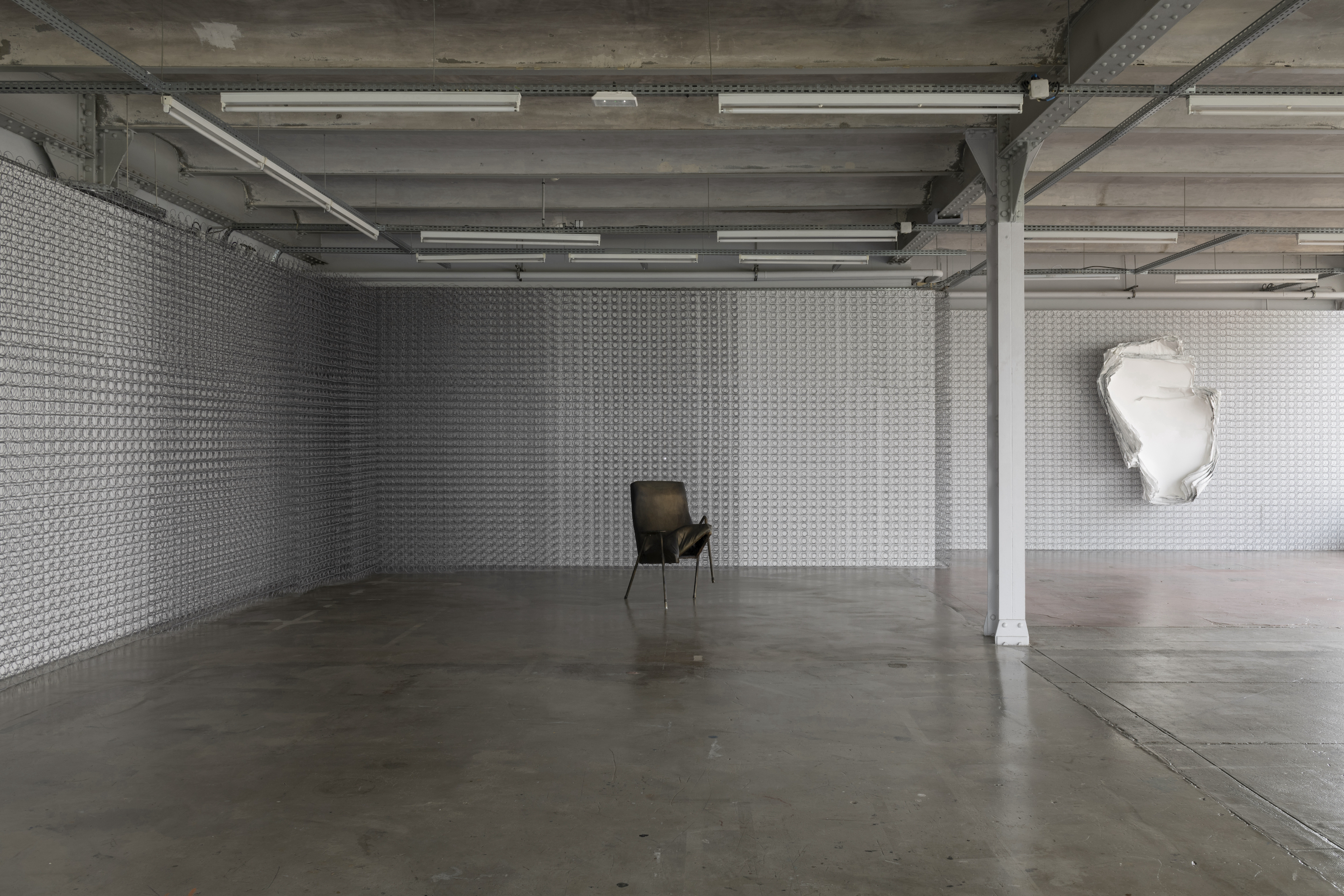
‘Ralentir le vent’, le Crédac, 2023
Photo : Marc Domage / le Crédac, 2023
Courtesy of the artist and le Crédac
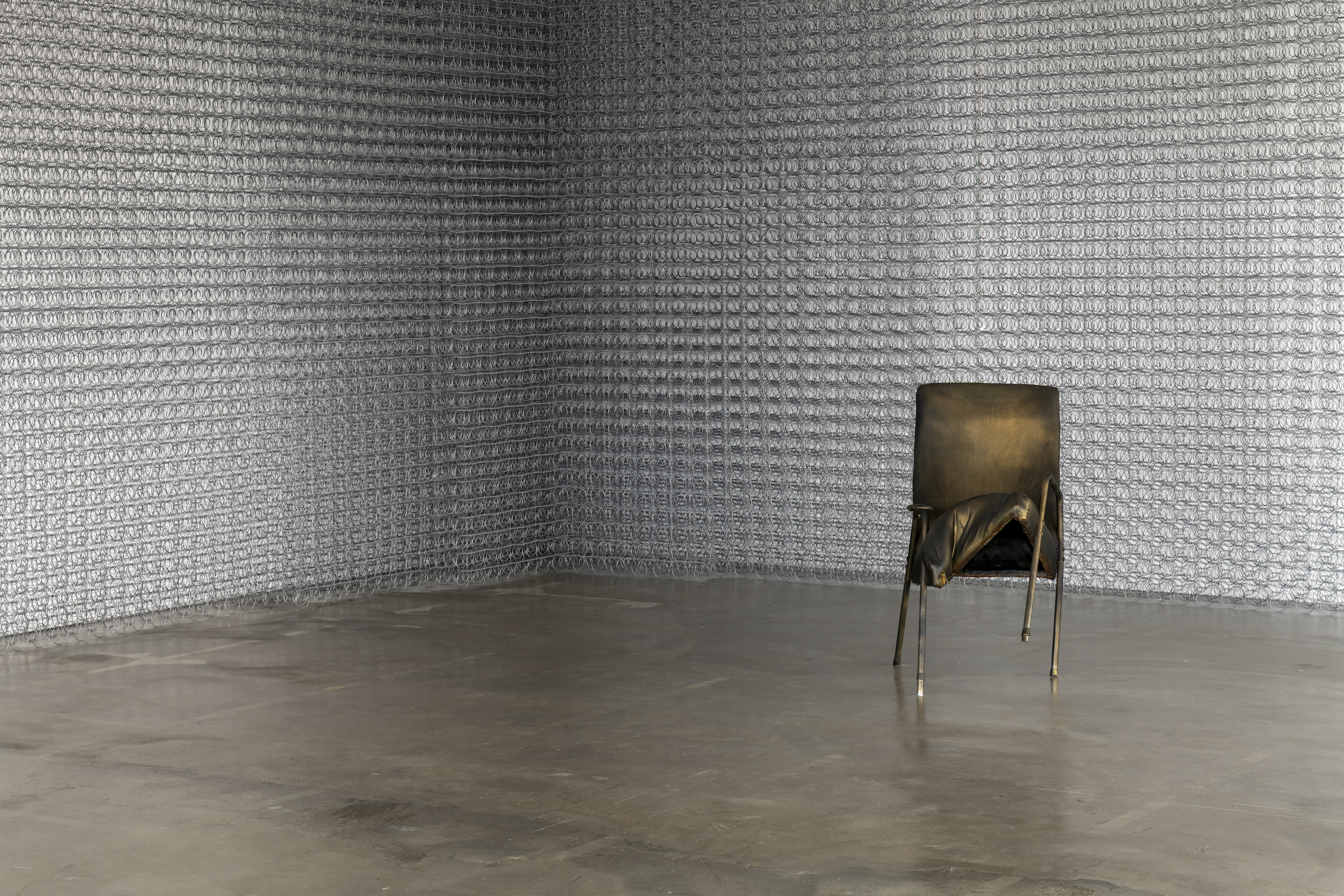
‘Ralentir le vent’, le Crédac, 2023
Photo : Marc Domage / le Crédac, 2023
Courtesy of the artist and le Crédac
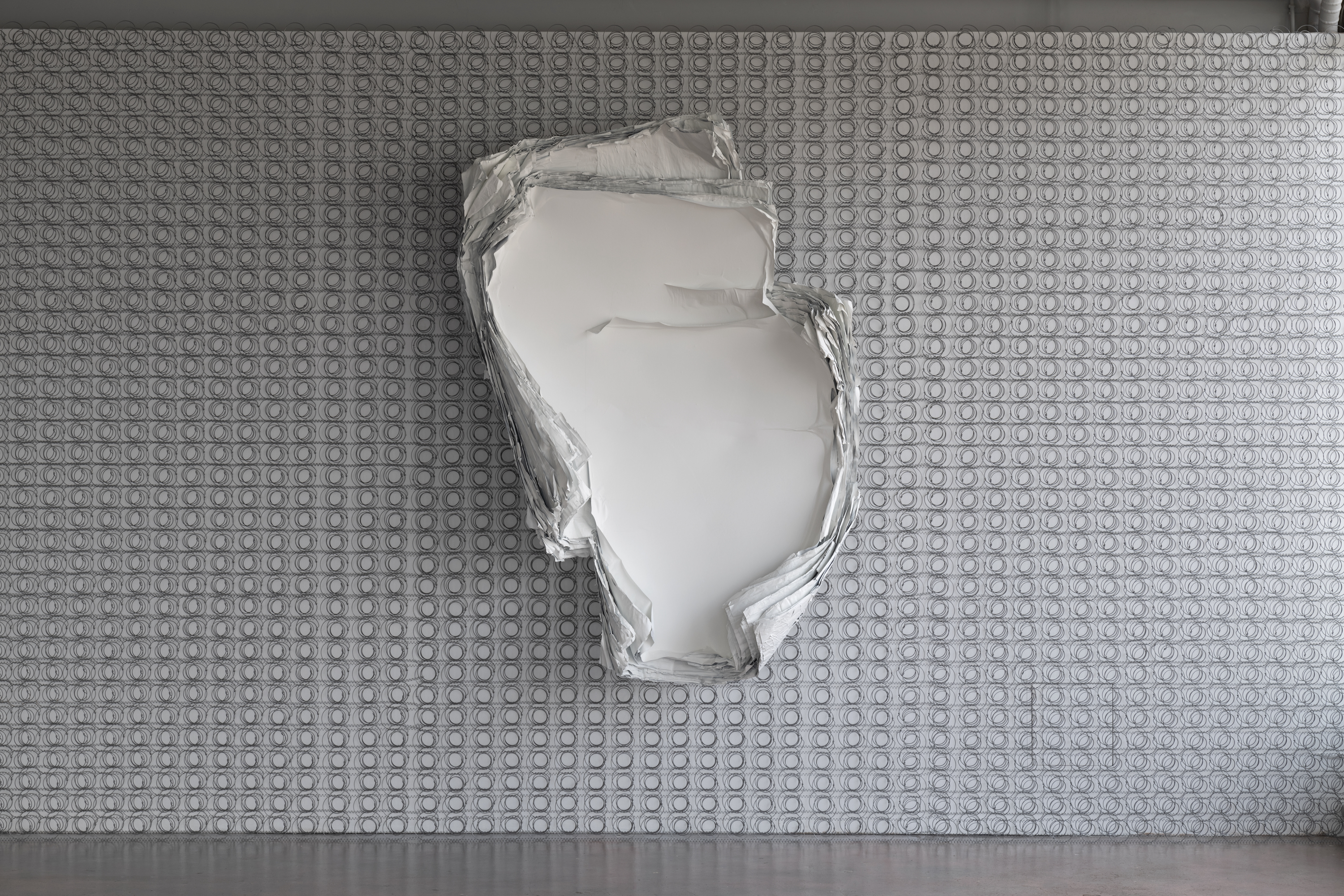
‘Ralentir le vent’, le Crédac, 2023
Photo : Marc Domage / le Crédac, 2023
Courtesy of the artist and le Crédac
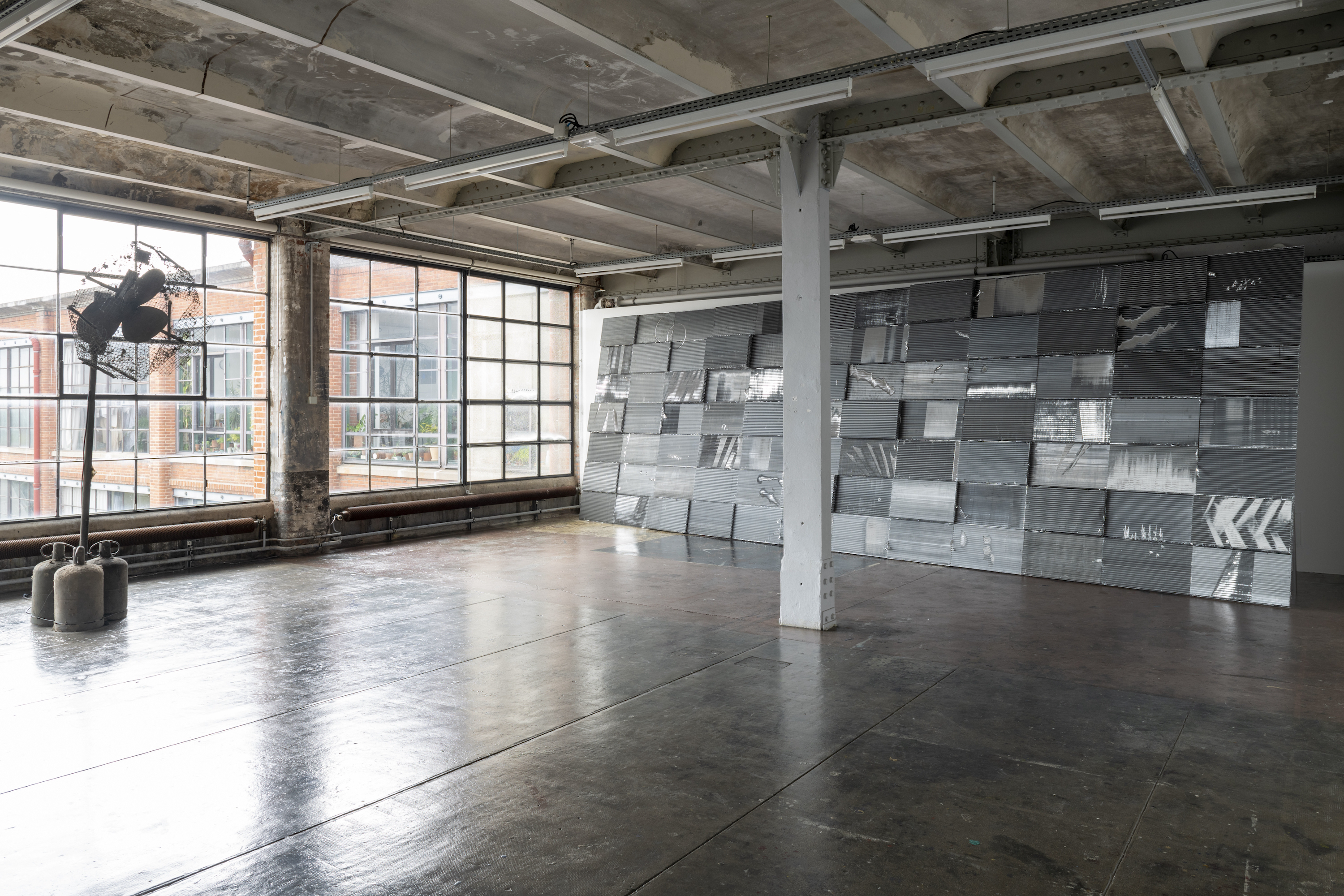
‘Ralentir le vent’, le Crédac, 2023
Photo : Marc Domage / le Crédac, 2023
Courtesy of the artist and le Crédac
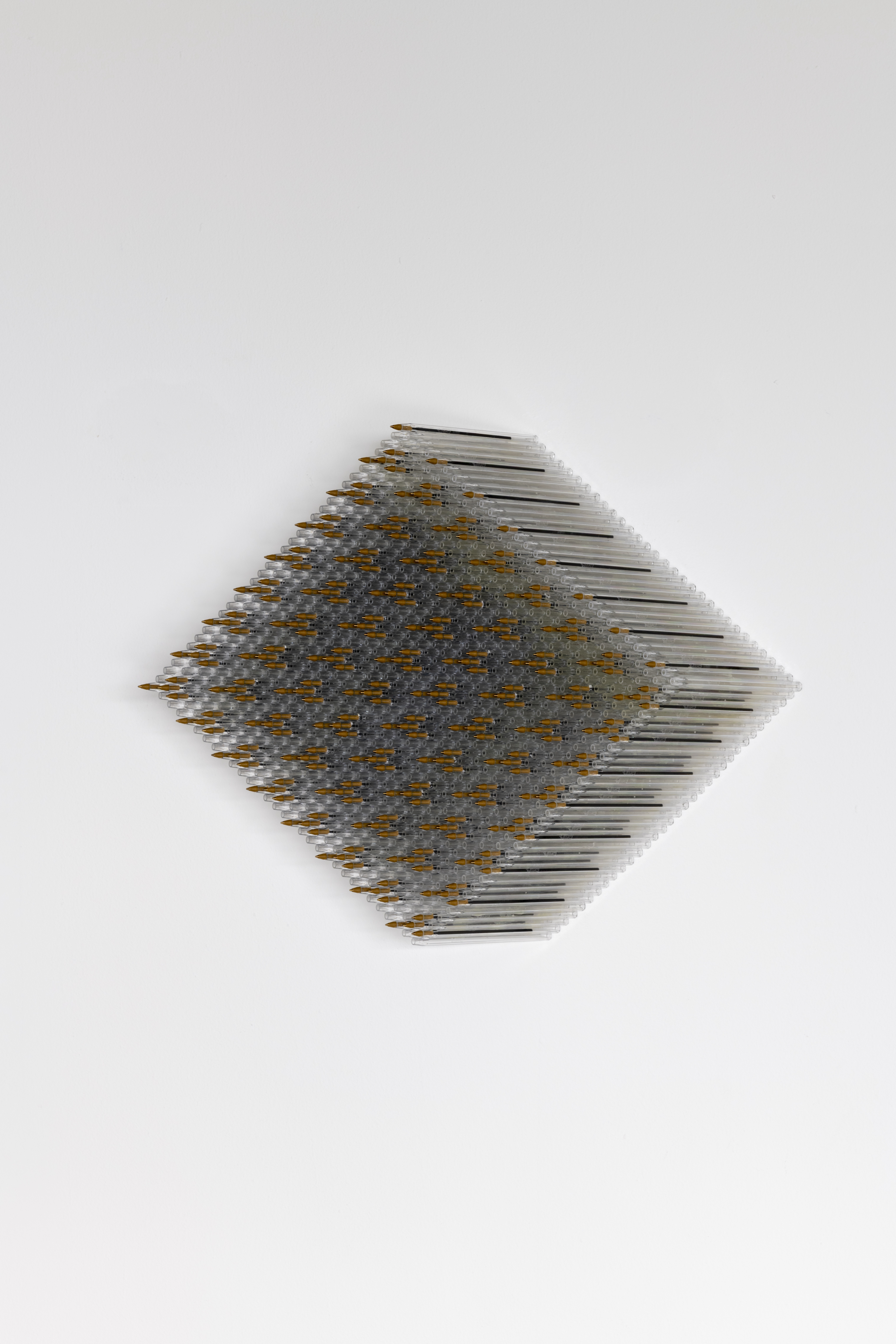
‘Ralentir le vent’, le Crédac, 2023
Photo : Marc Domage / le Crédac, 2023
Courtesy of the artist and le Crédac

‘Ralentir le vent’, le Crédac, 2023
Photo : Marc Domage / le Crédac, 2023
Courtesy of the artist and le Crédac
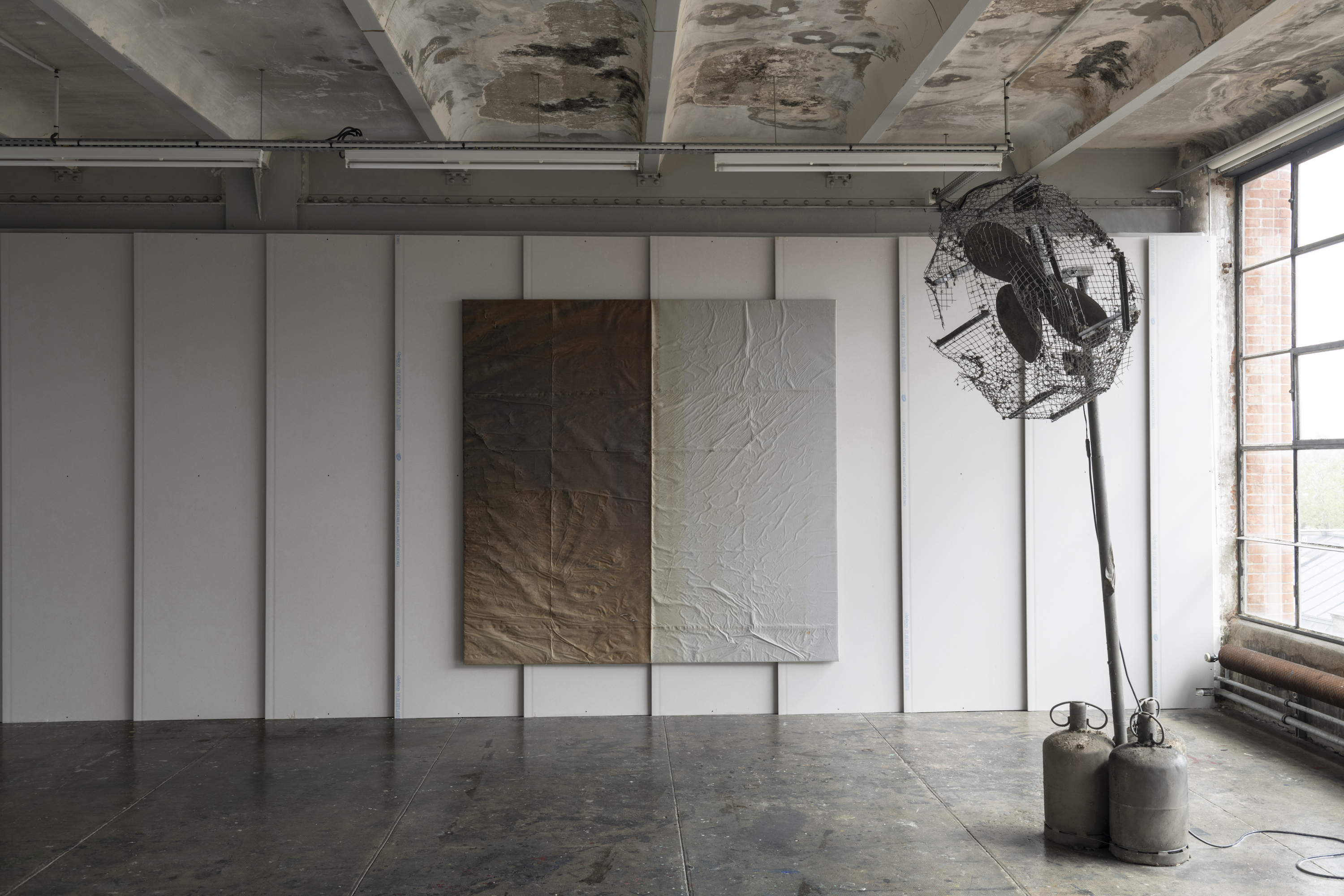
‘Ralentir le vent’, le Crédac, 2023
Photo : Marc Domage / le Crédac, 2023
Courtesy of the artist and le Crédac
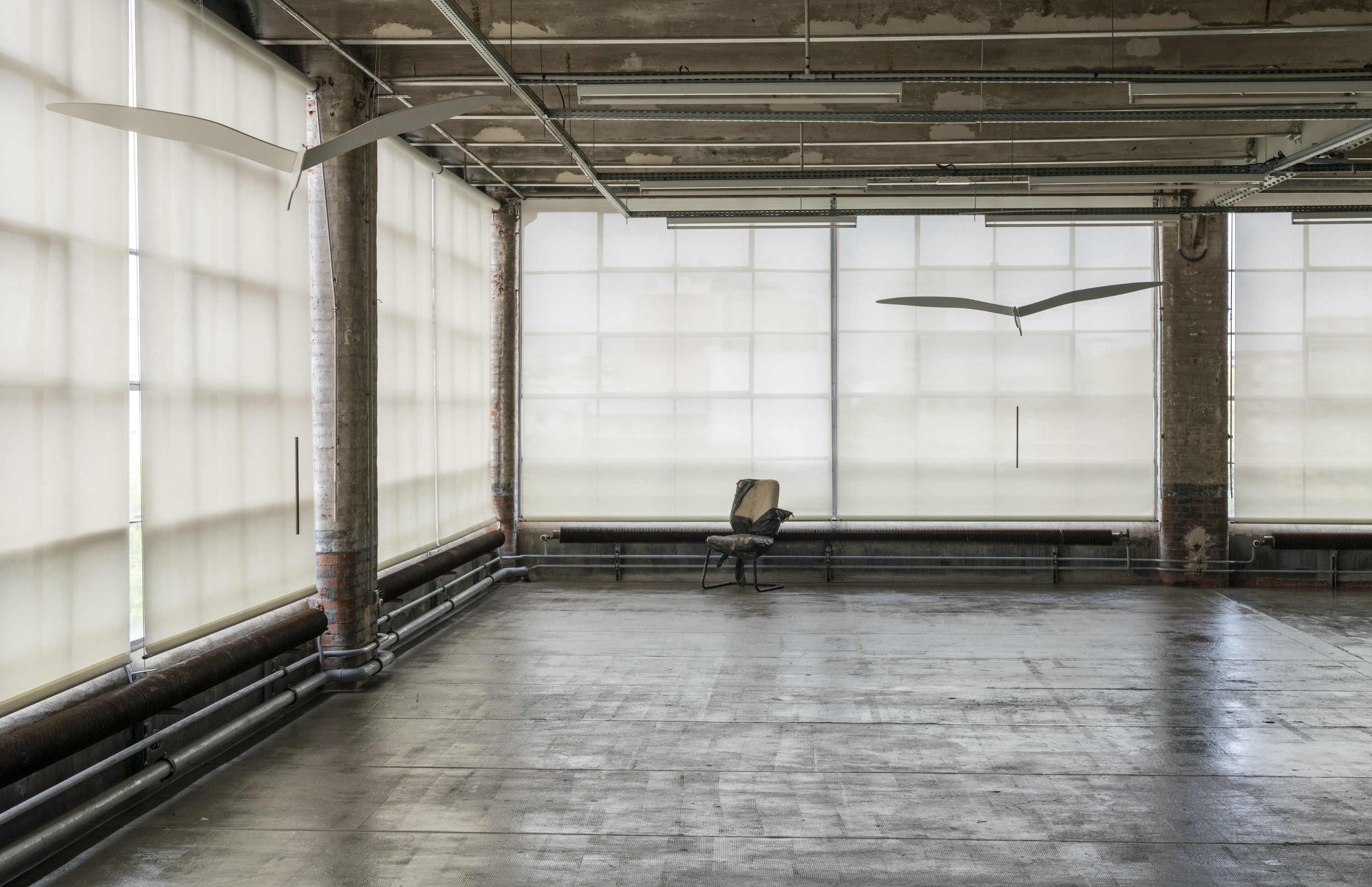
‘Ralentir le vent’, le Crédac, 2023
Photo : Marc Domage / le Crédac, 2023
Courtesy of the artist and le Crédac
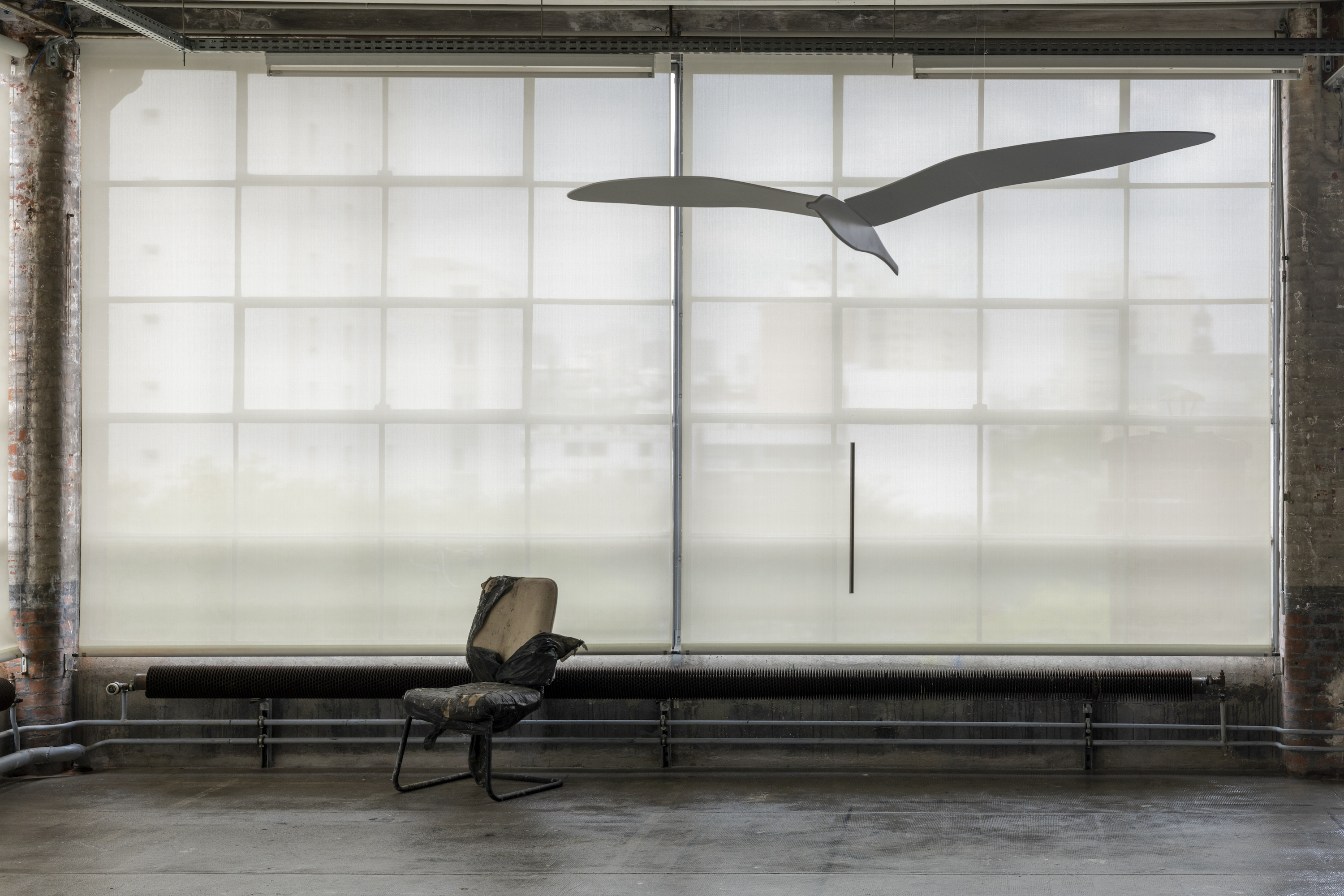
‘Ralentir le vent’, le Crédac, 2023
Photo : Marc Domage / le Crédac, 2023
Courtesy of the artist and le Crédac
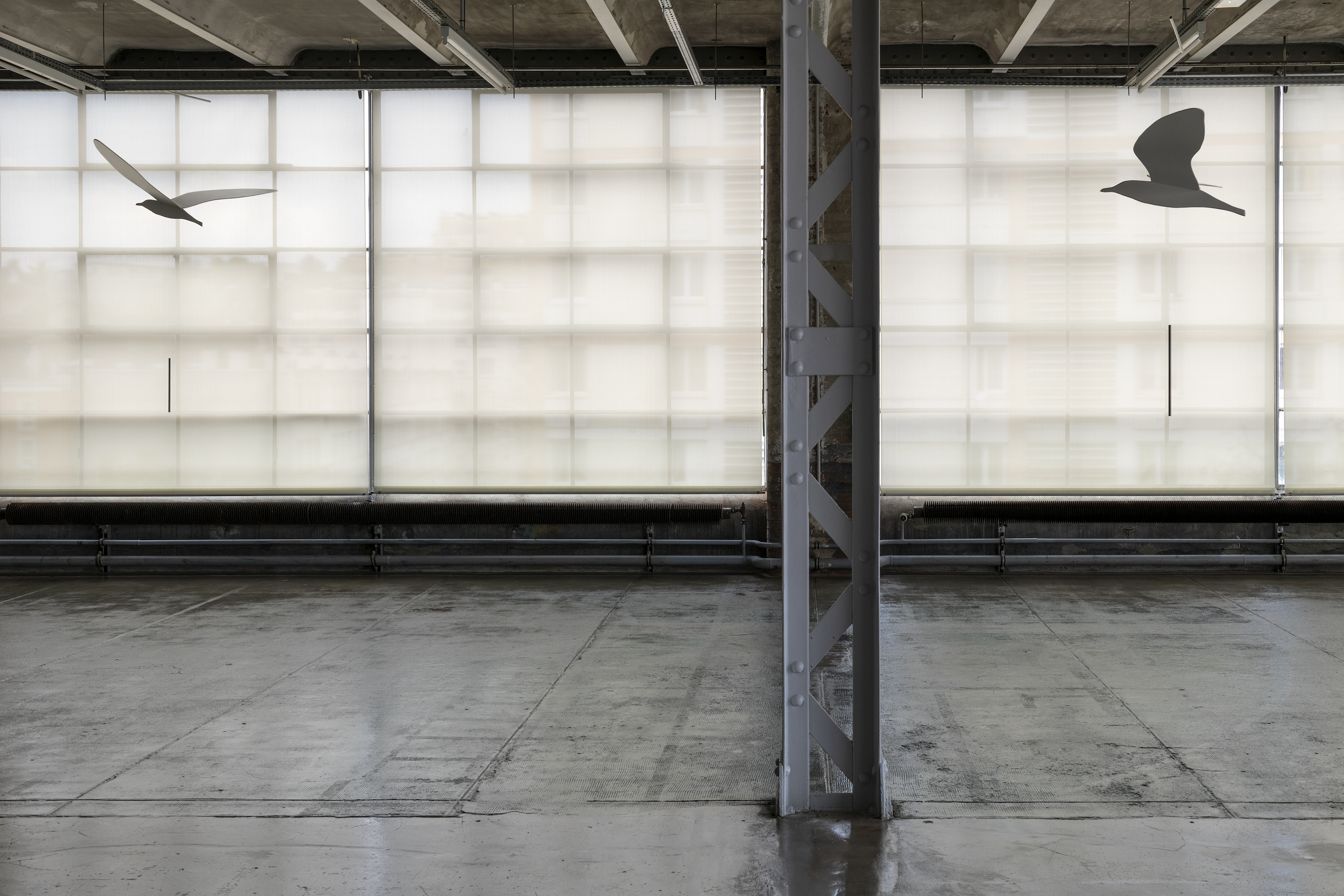
‘Ralentir le vent’, le Crédac, 2023
Photo : Marc Domage / le Crédac, 2023
Courtesy of the artist and le Crédac
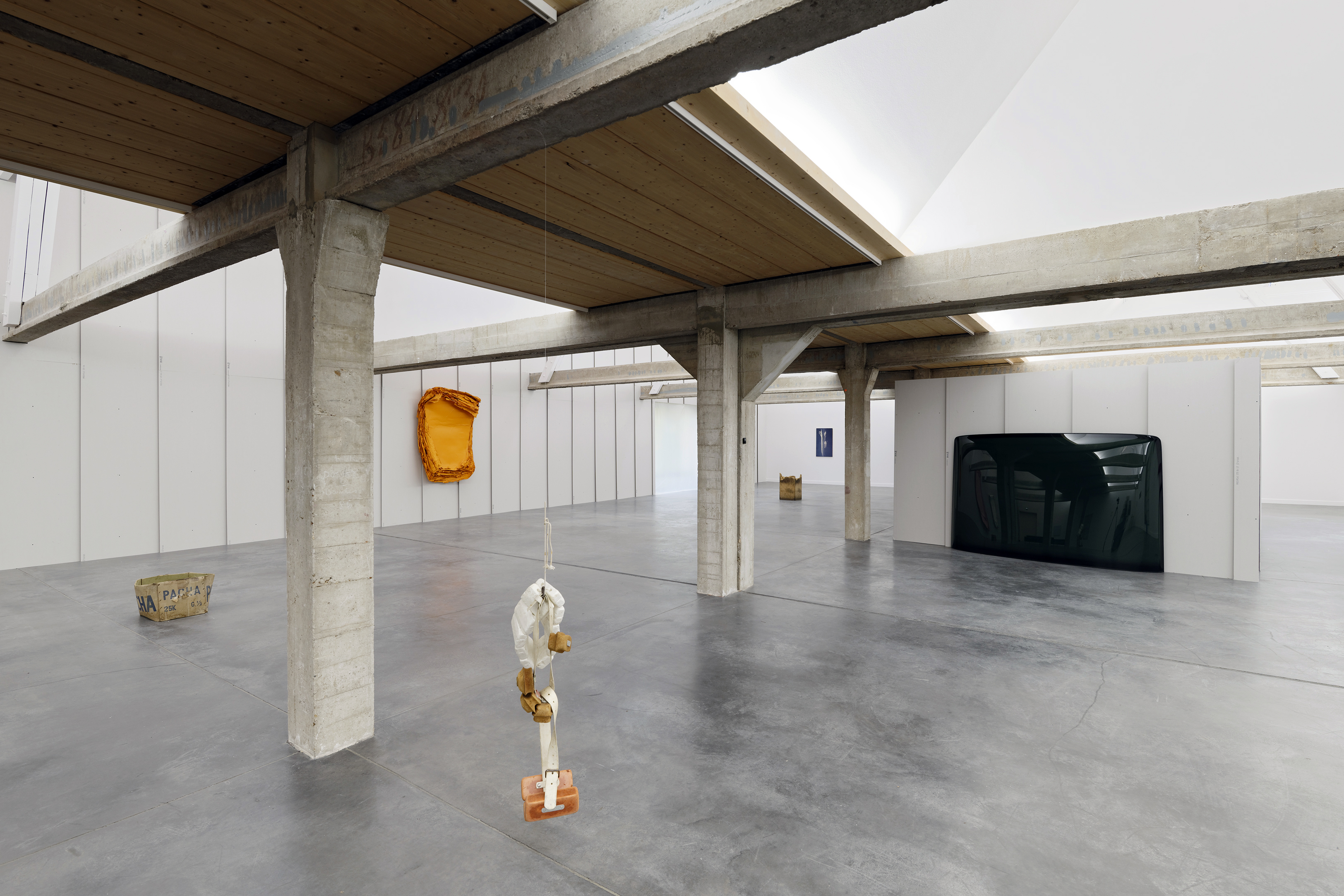
Centre d’art contemporain Les Tanneries, 2019
Photo: Aurélien Mole
Courtesy of the artist and Les Tanneries – CAC, Amilly
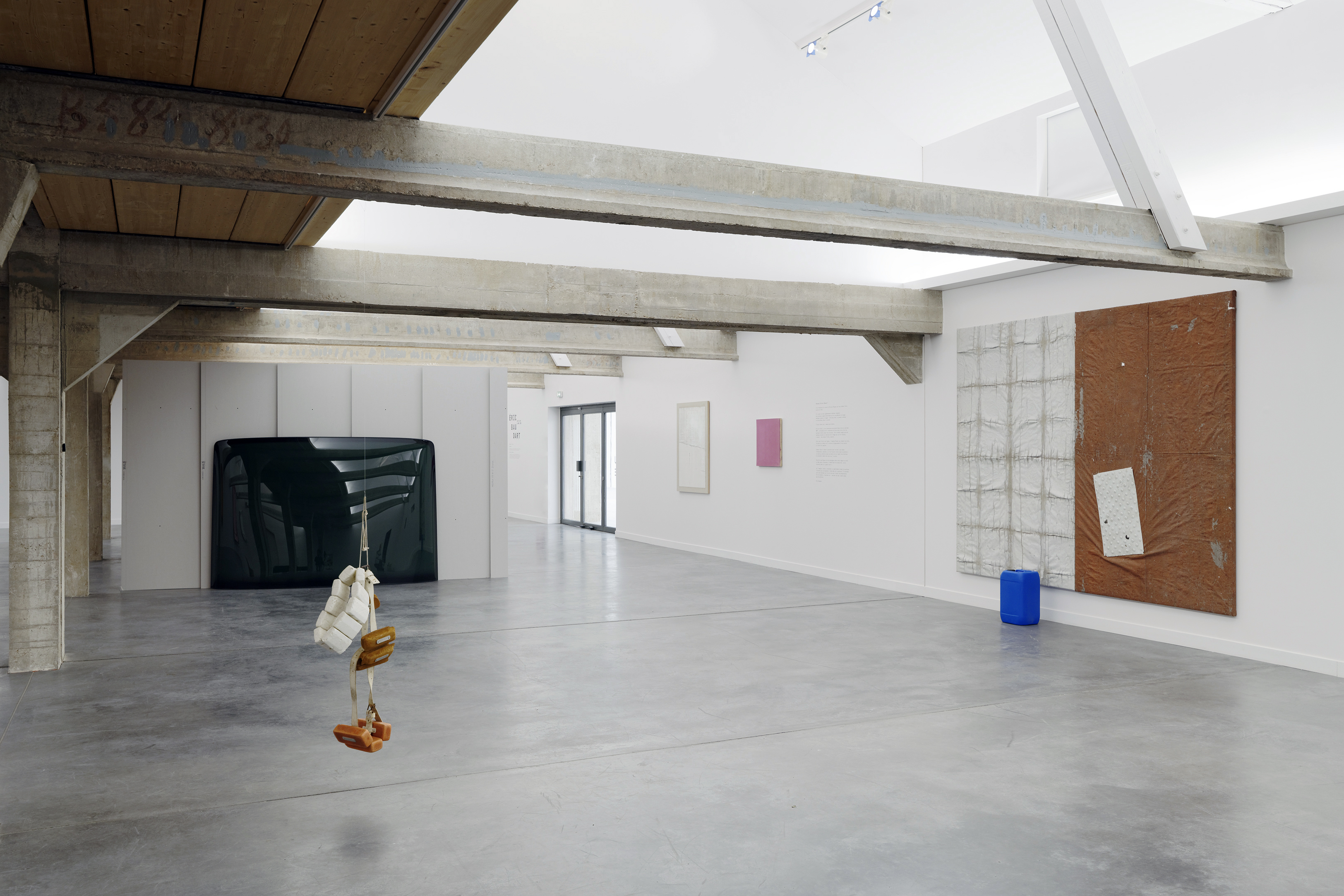
Centre d’art contemporain Les Tanneries, 2019
Photo: Aurélien Mole
Courtesy of the artist and Les Tanneries – CAC, Amilly
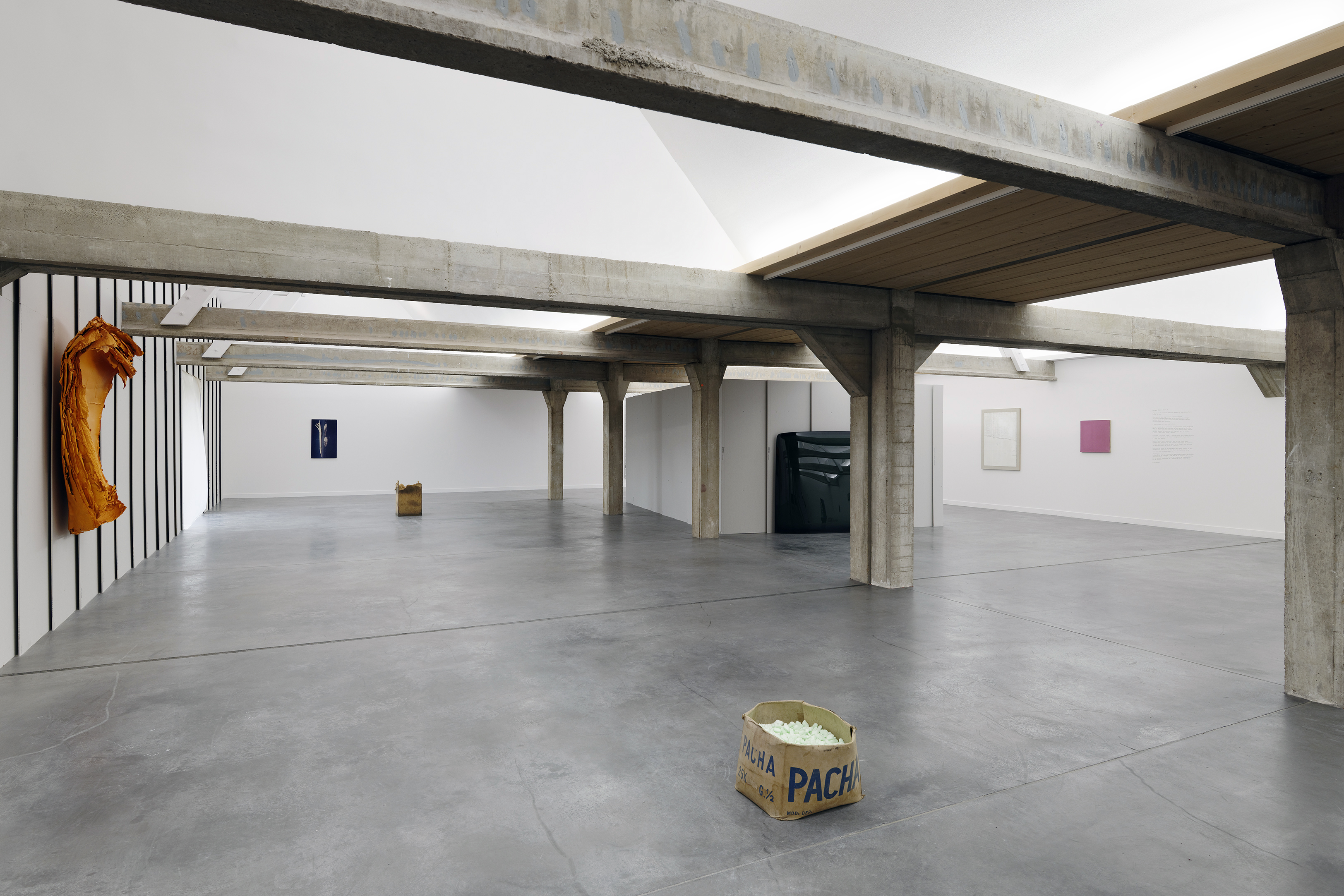
Centre d’art contemporain Les Tanneries, 2019
Photo: Aurélien Mole
Courtesy of the artist and Les Tanneries – CAC, Amilly
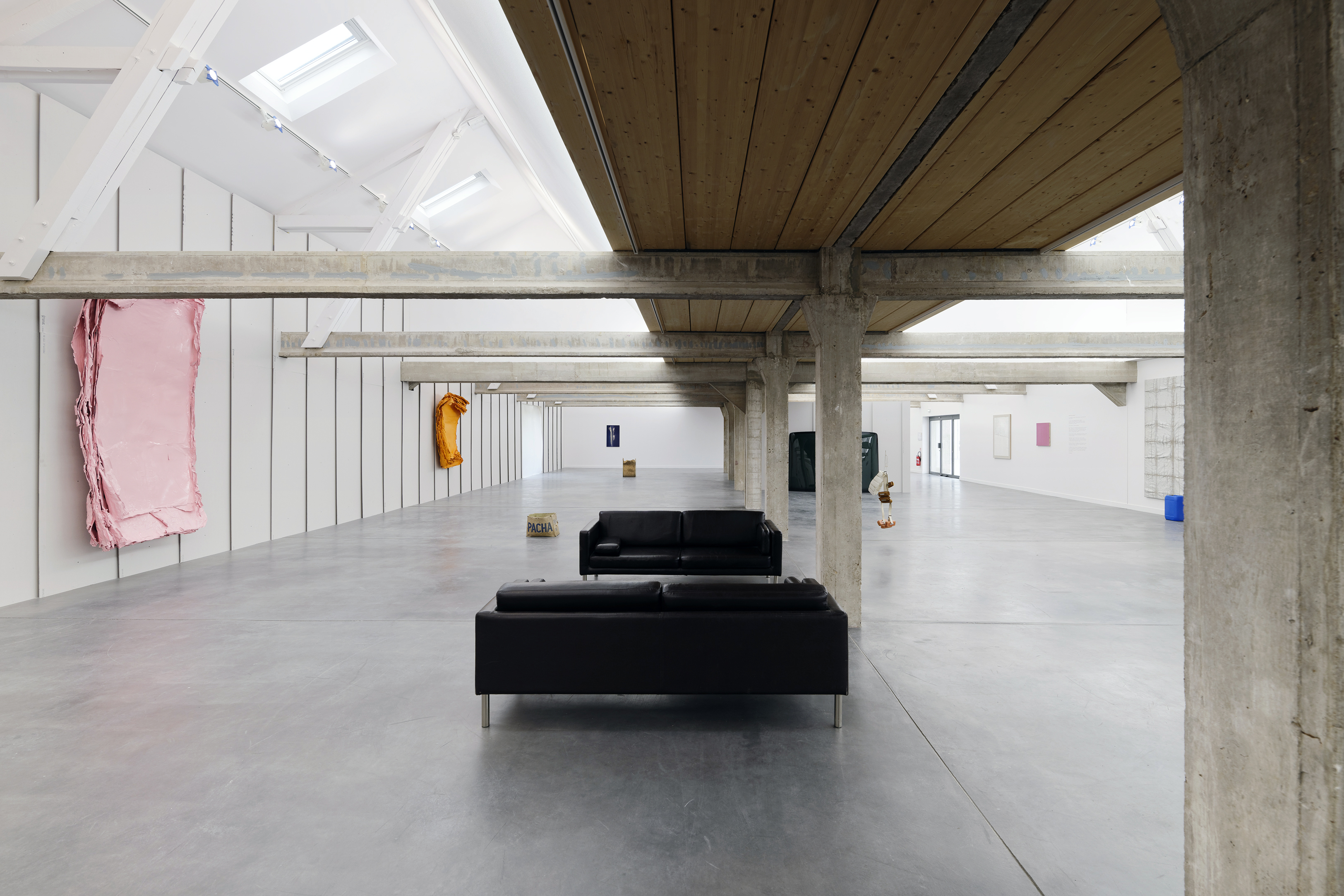
Centre d’art contemporain Les Tanneries, 2019
Photo: Aurélien Mole
Courtesy of the artist and Les Tanneries – CAC, Amilly
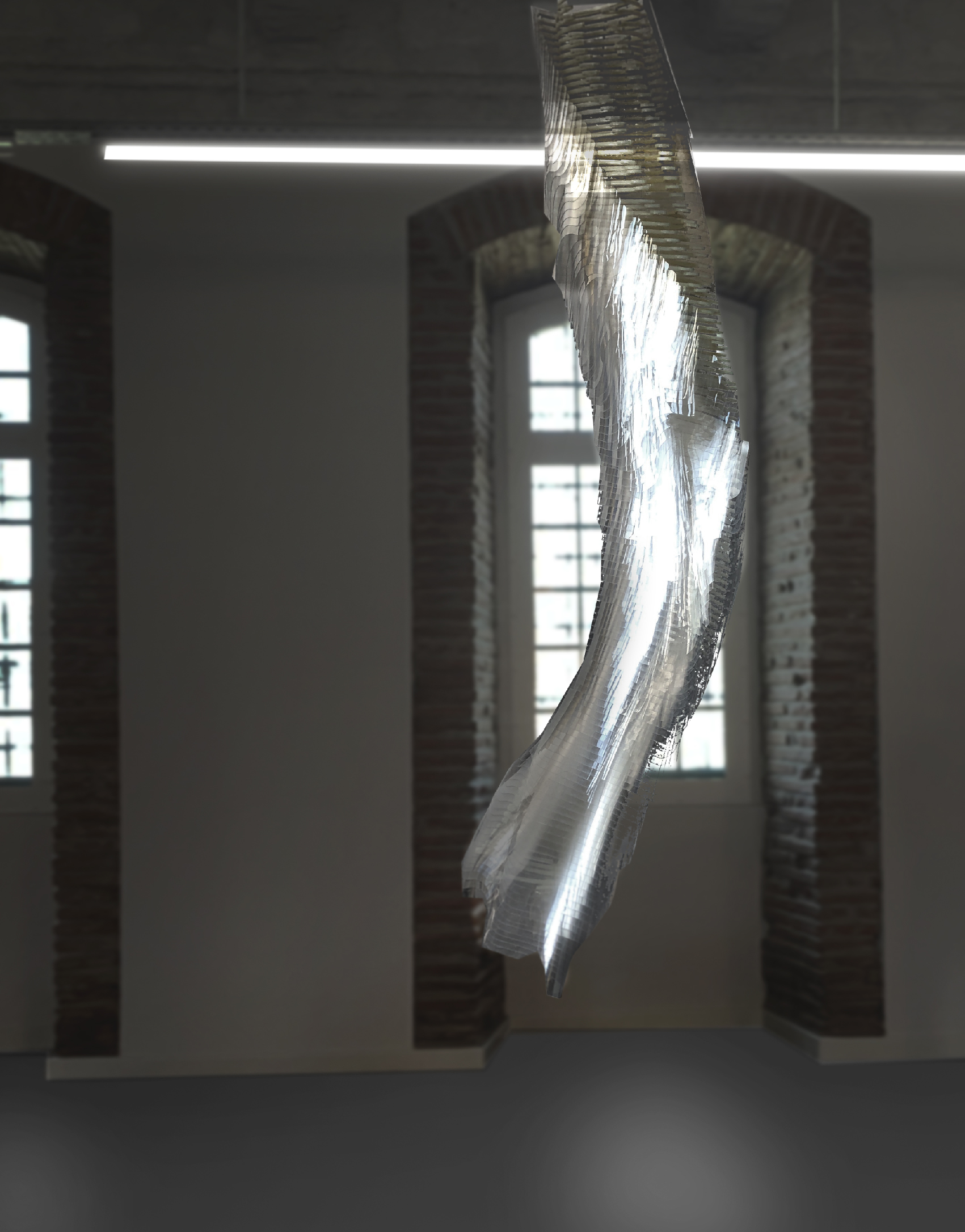
COVID face shield, plastic, polycarbonate
Dimensions variables
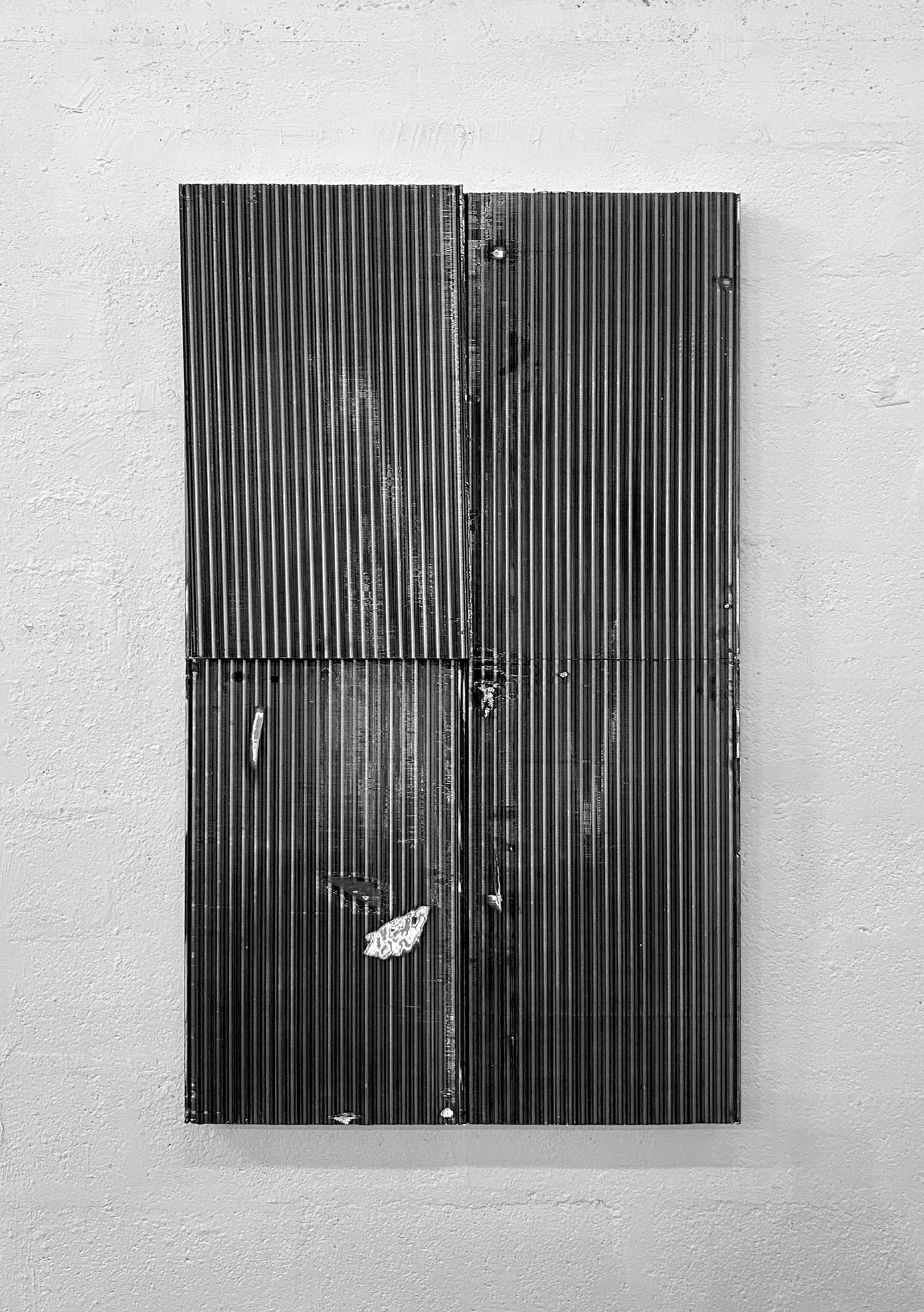
Aluminium (Cooler/Radiator)
150 x 82 cm
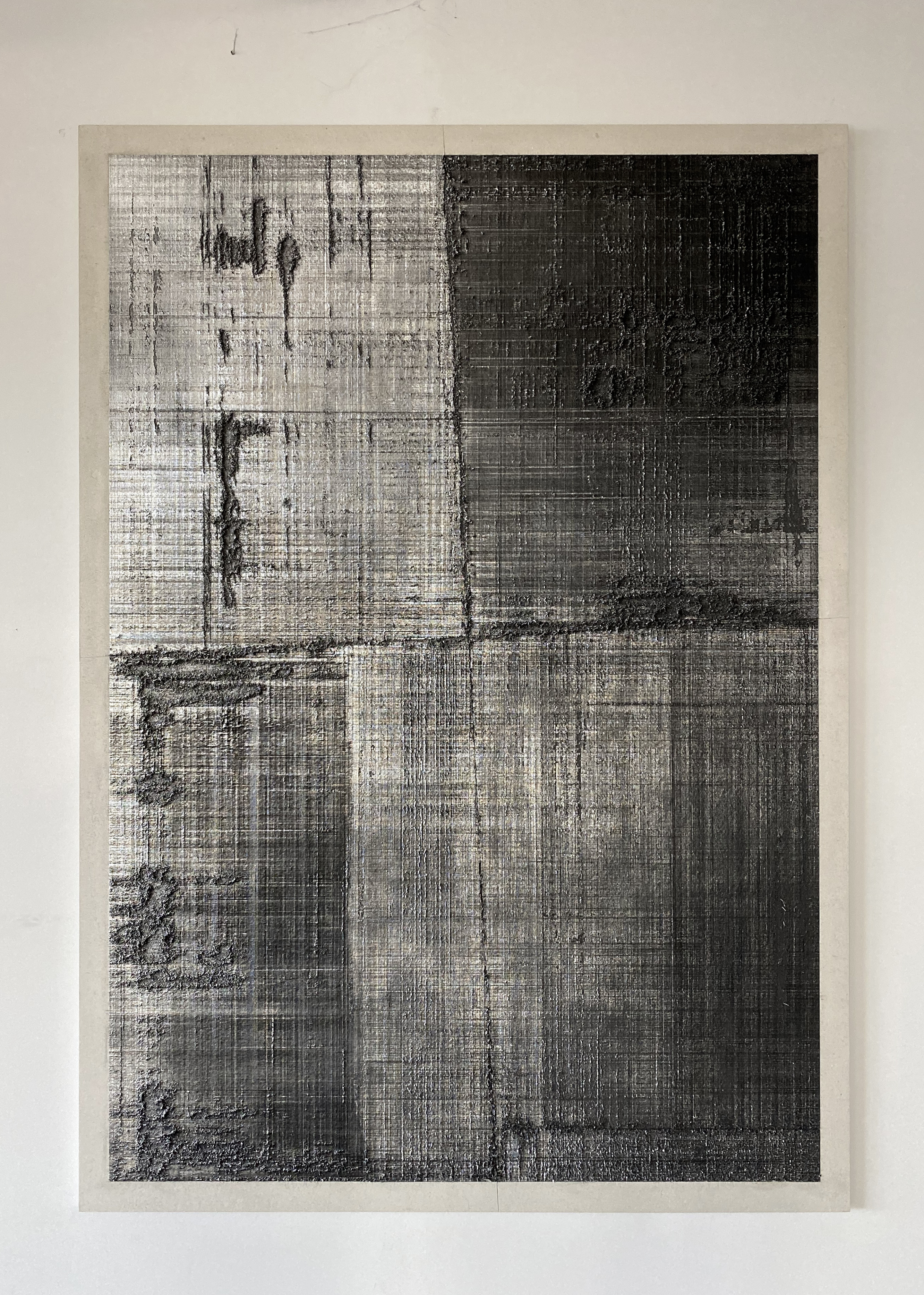
Paper, cardboard, spray paint
206 x 146 x 3 cm
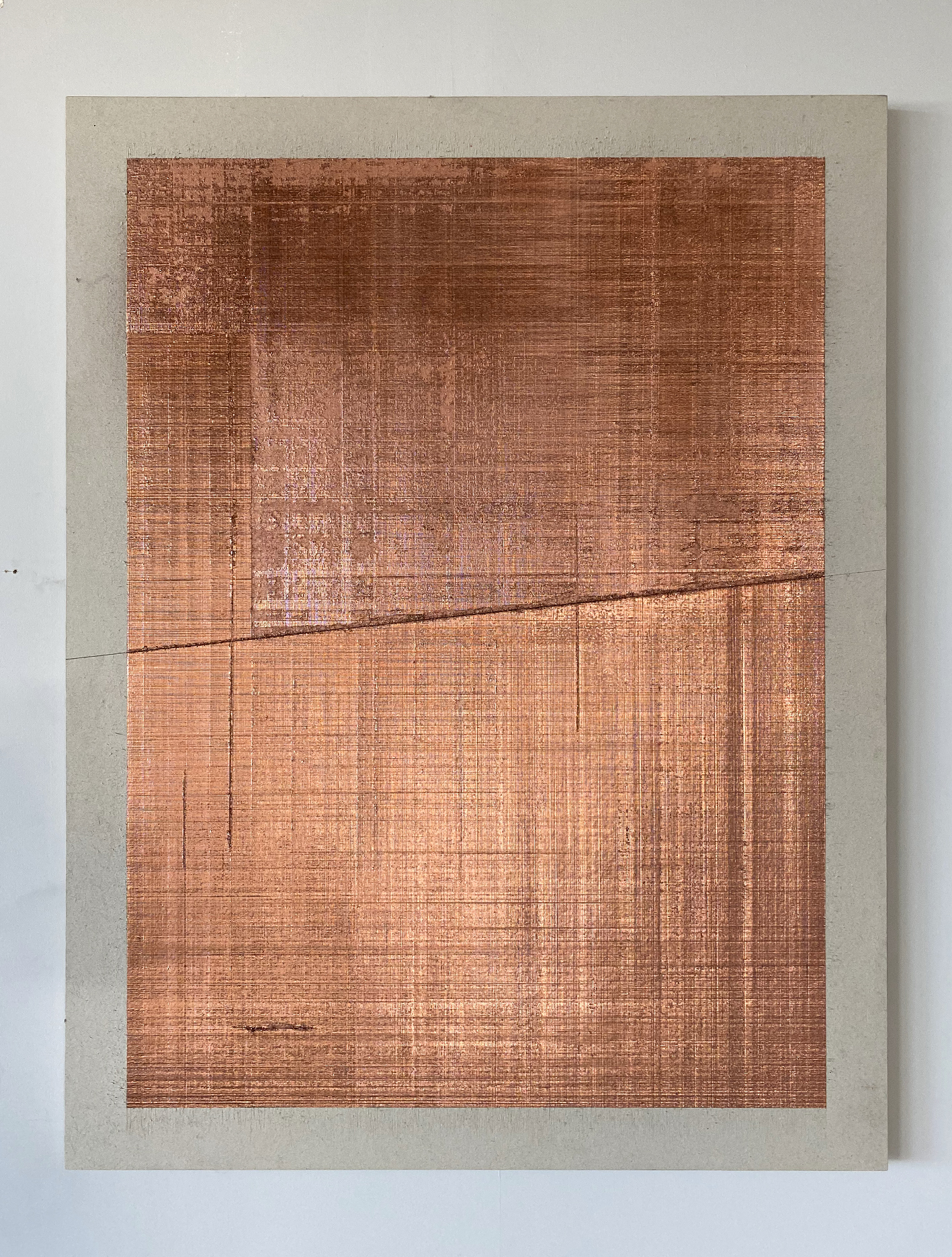
Paper, cardboard, spray paint
130 x 100 x 3 cm
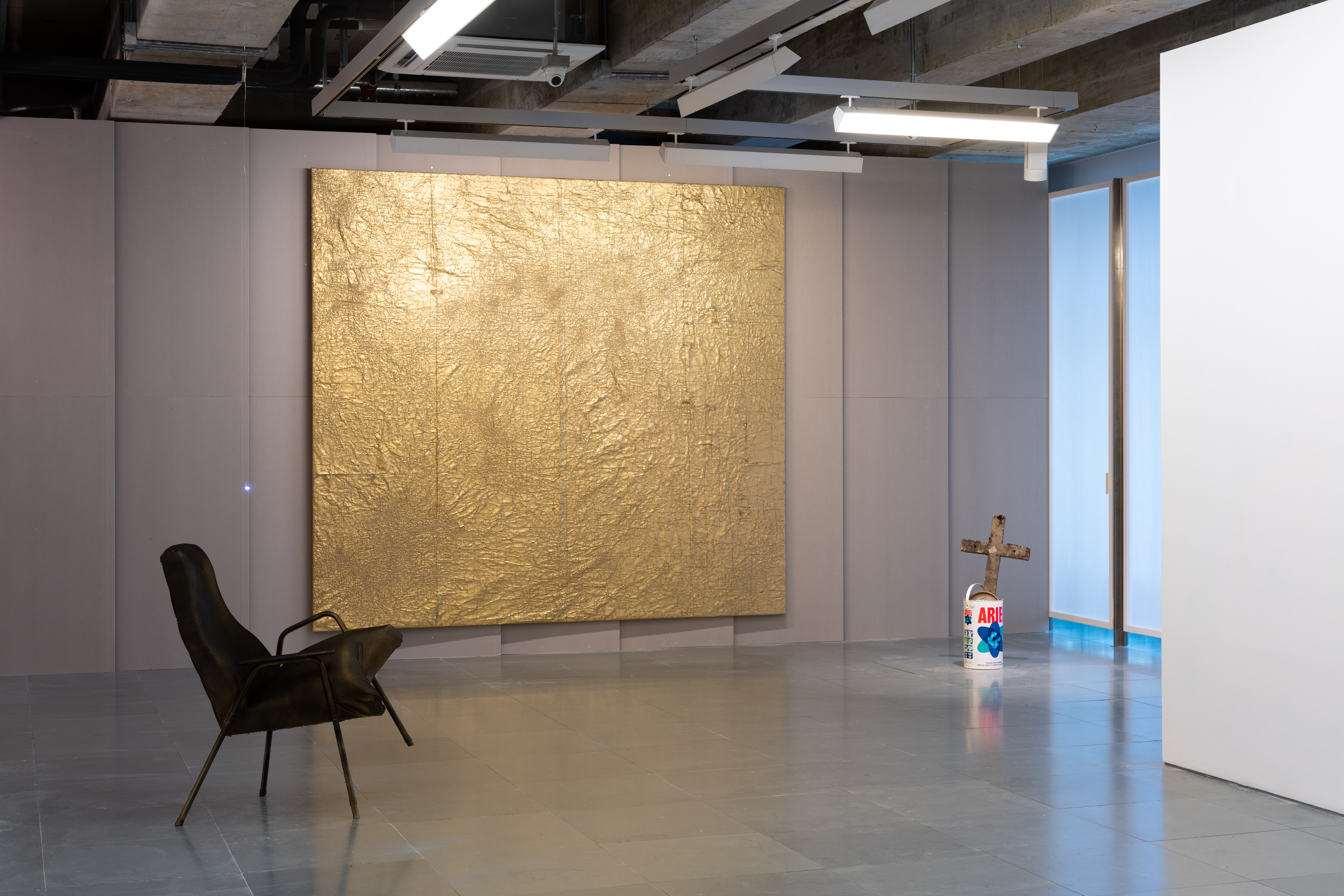
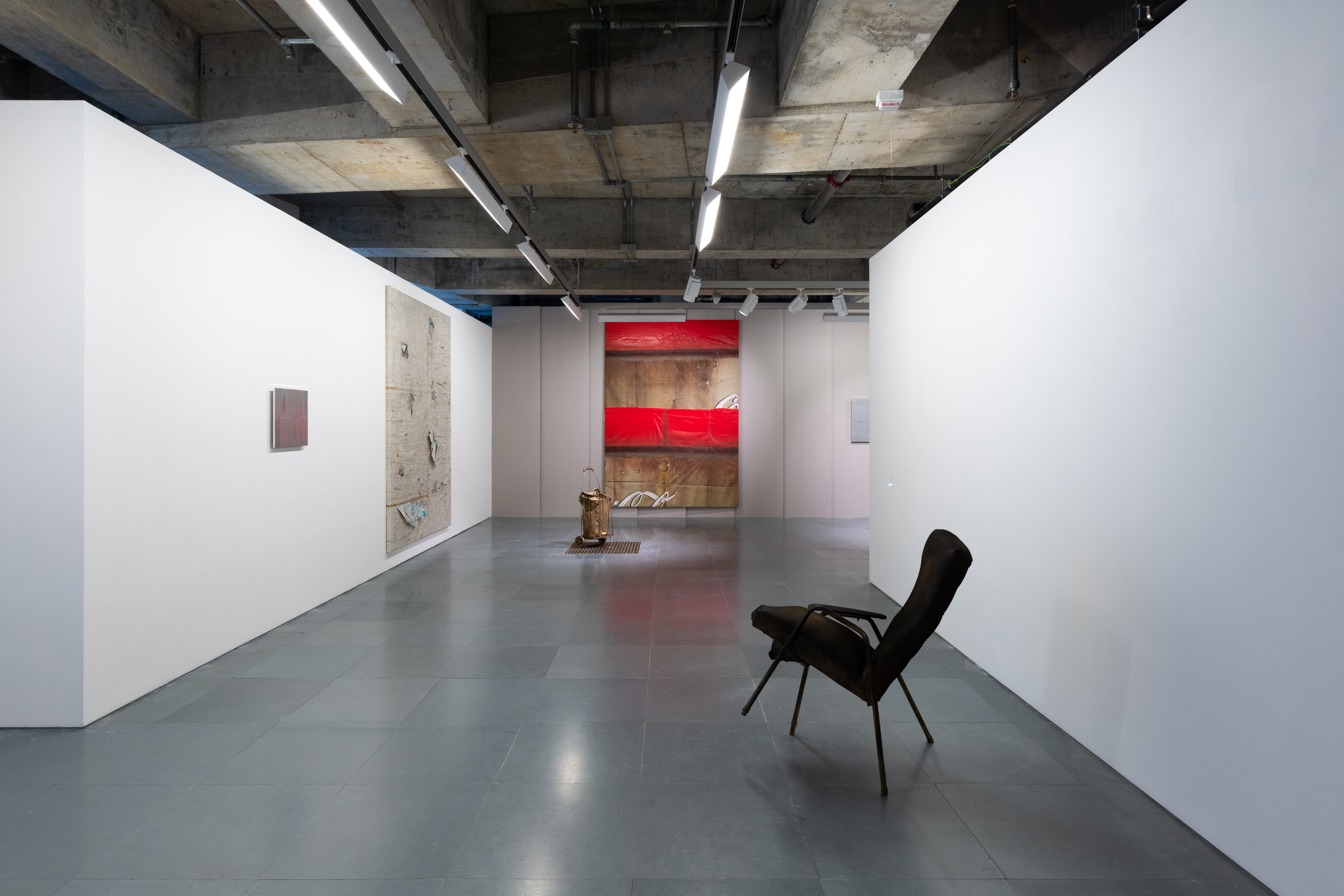
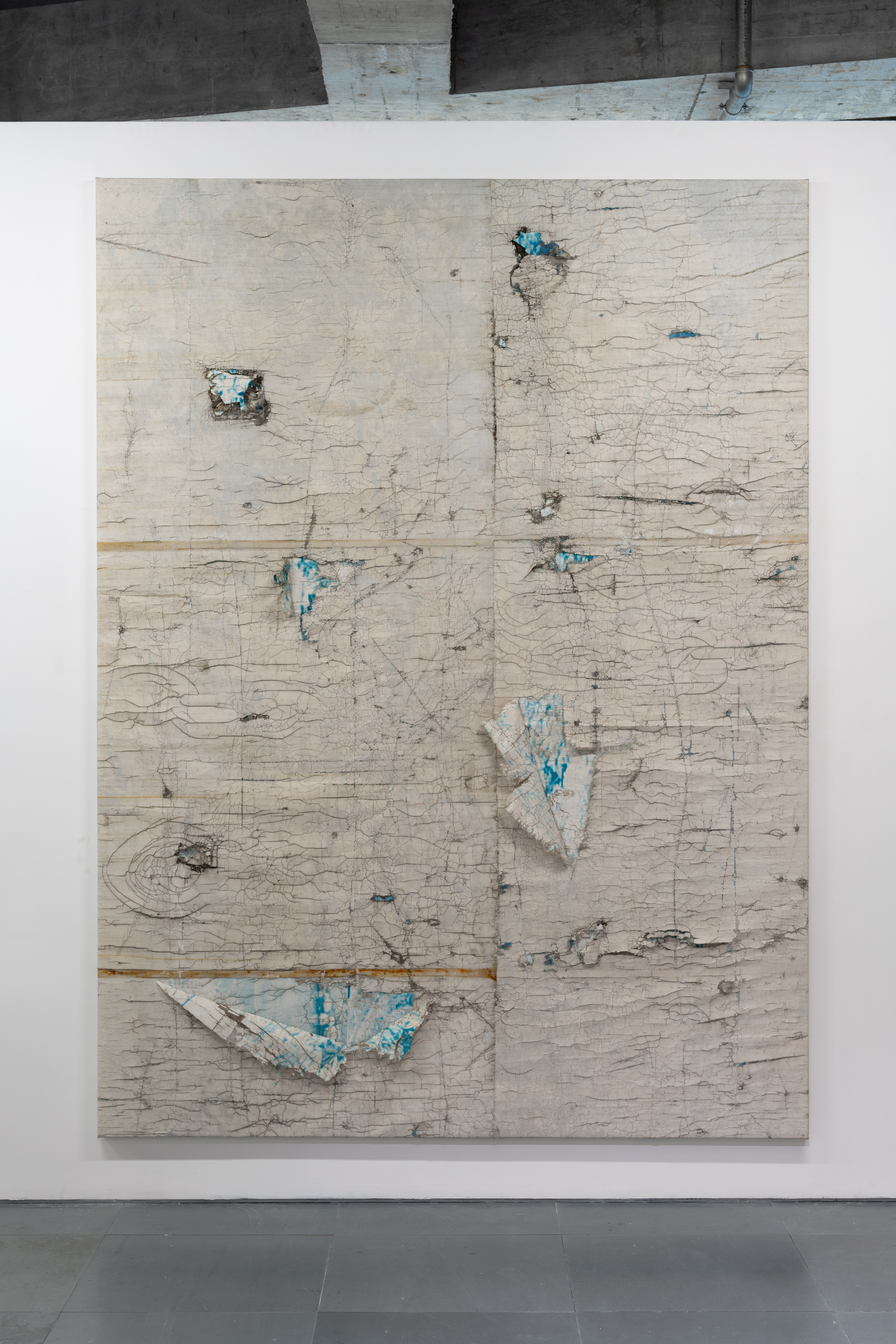
PVC Banner
264 x 196 cm

PVC Banner
295 x 212 cm

Aluminium, nickel, diamond and steel
80 x 65 cm
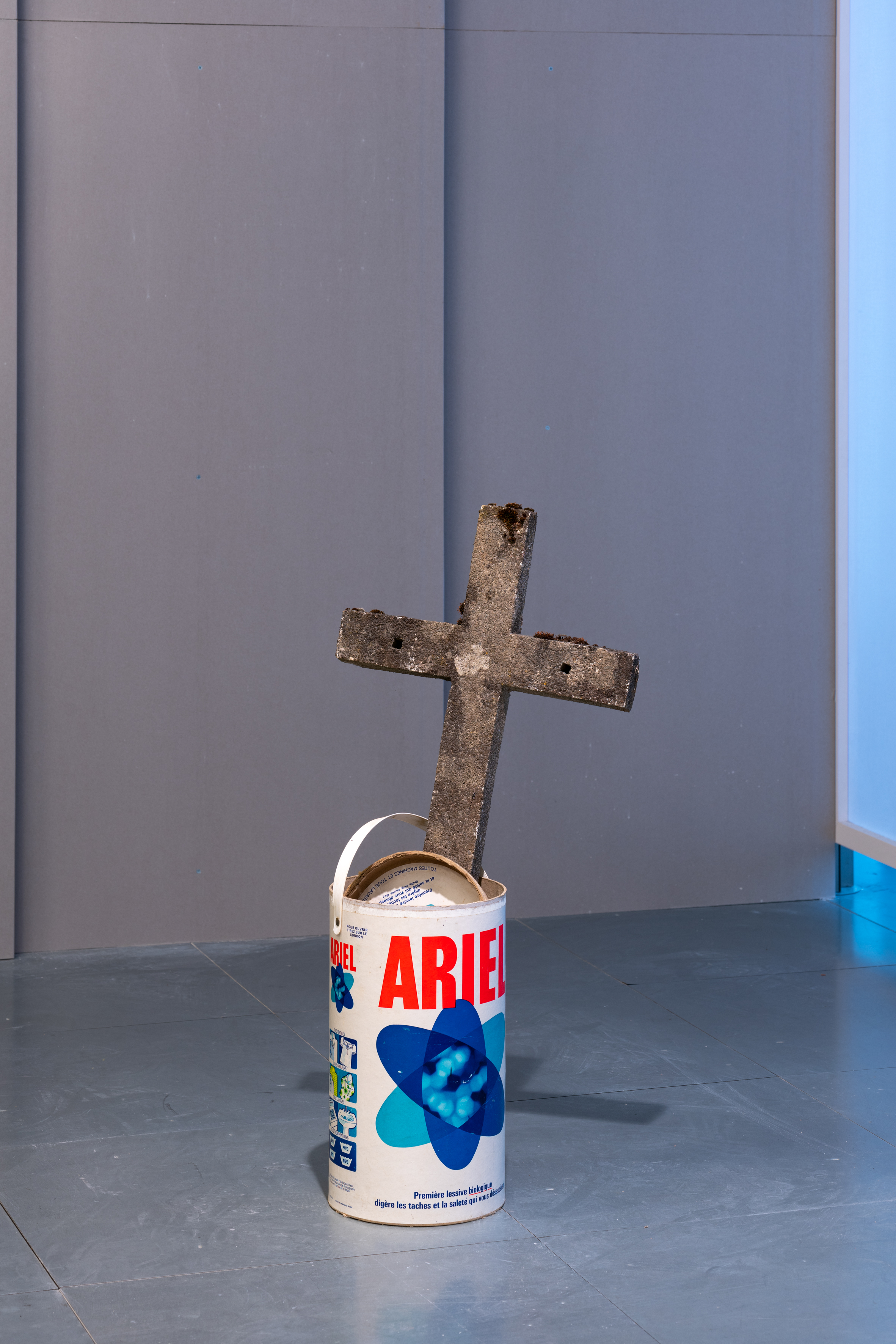
Concrete, cardboard, plaster, paint and gold
92 x 43 x 32 cm
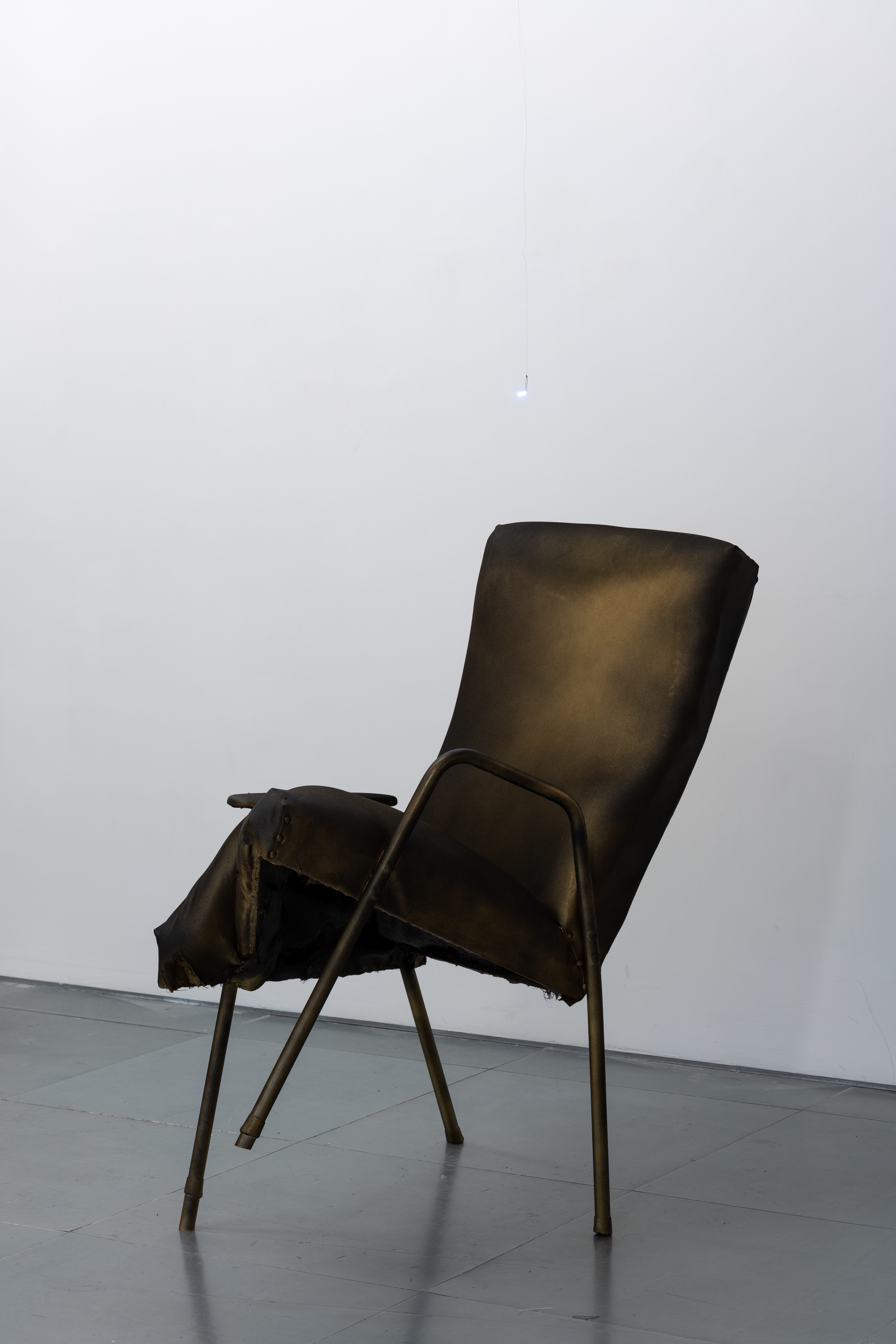
Plastic, steel, wood, faber glass and LED
103 x 85 x 54 cm
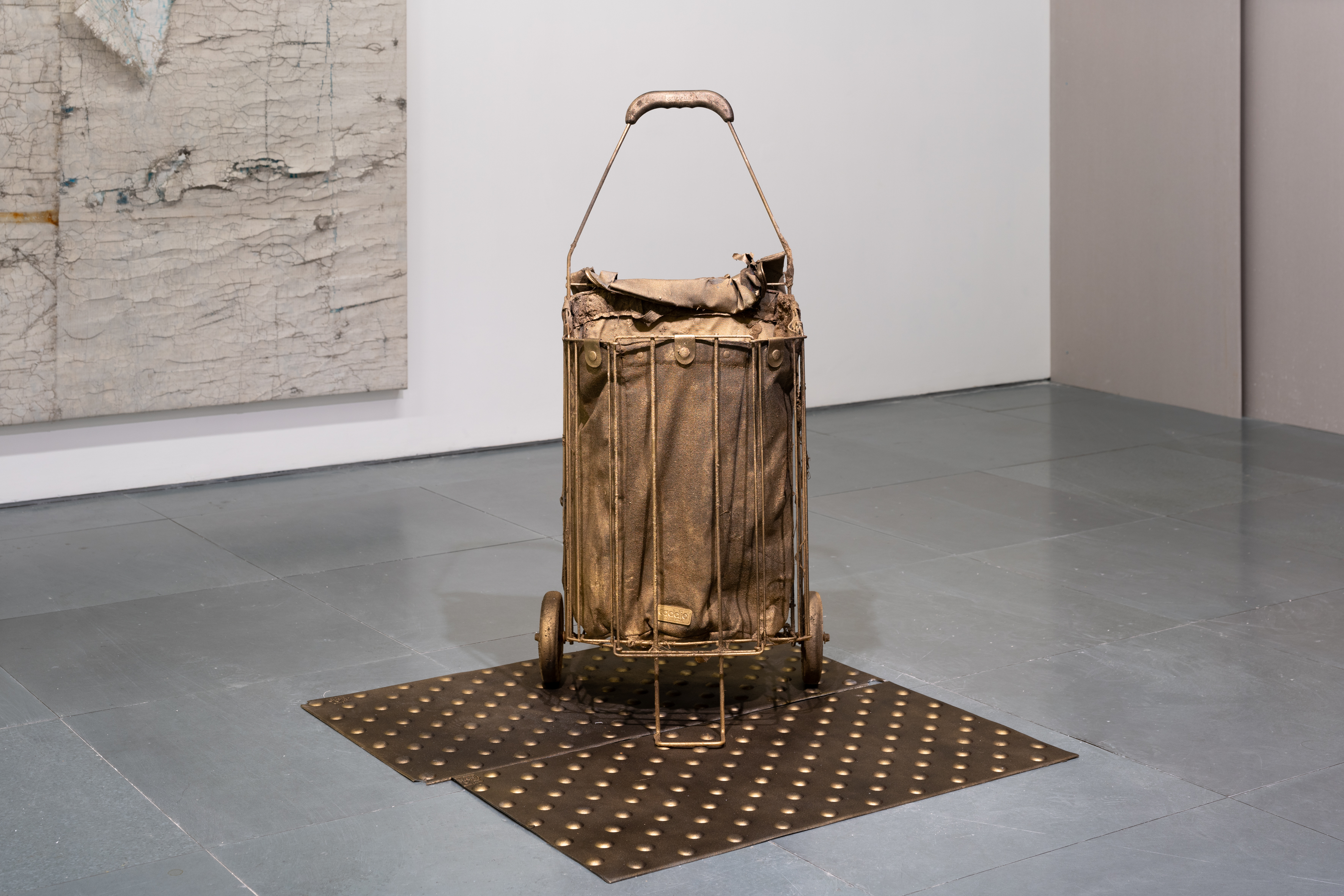
Fabric, steel, rubber, wood, paint and gold
96 x 47 x 37 cm
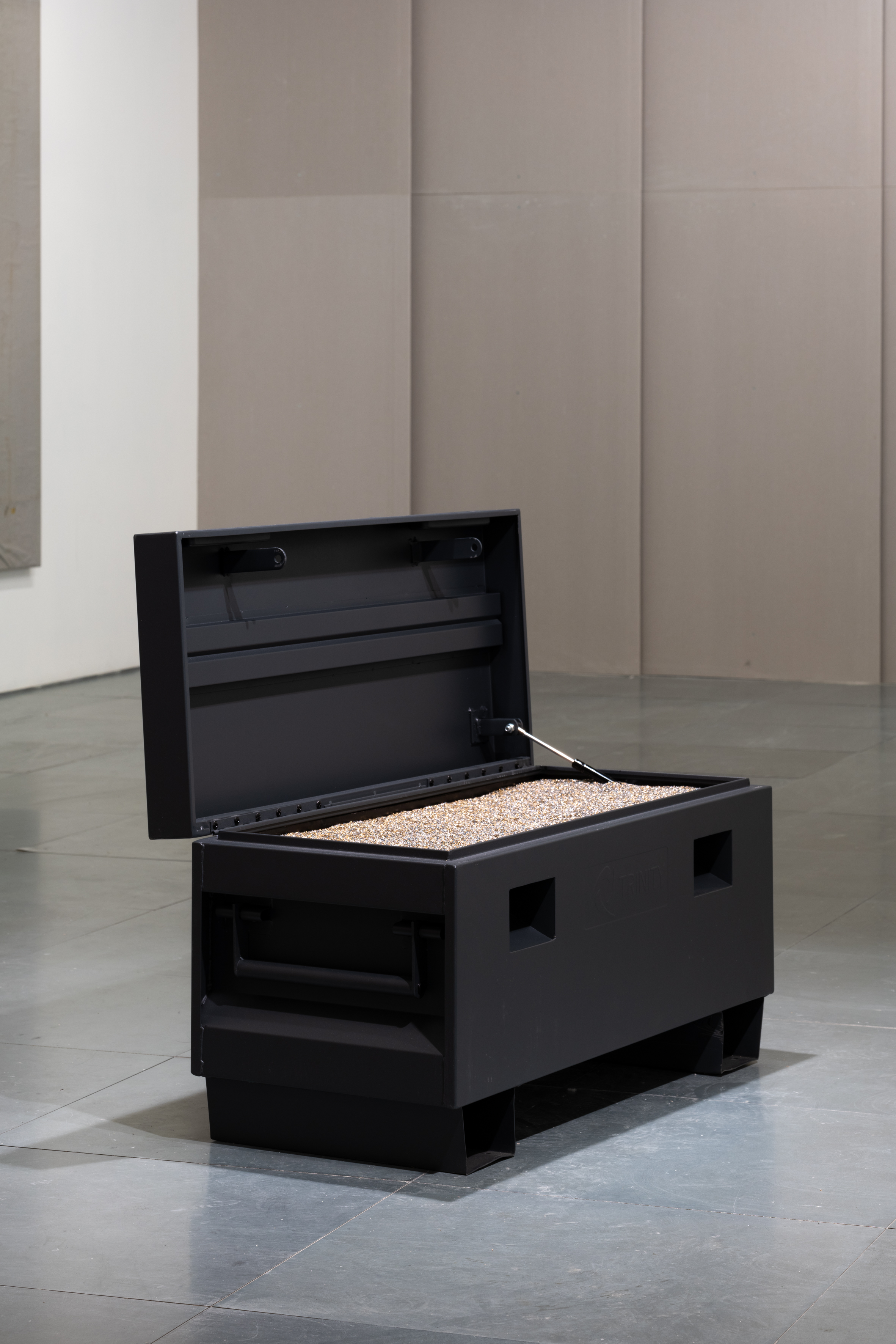
Job site tool box, iPhone micro screws
81 x 91 x 49 cm
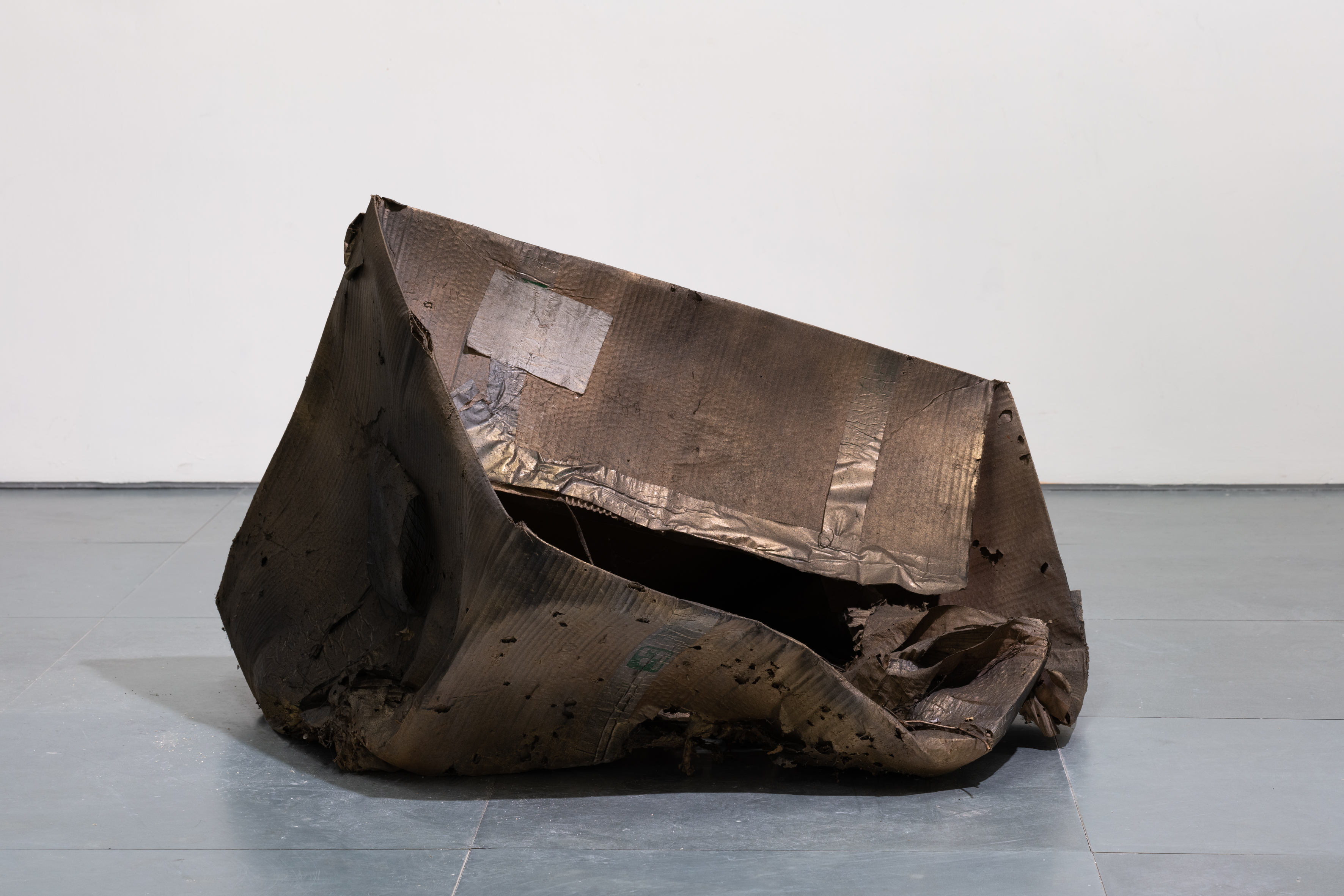
Cardboard, scotch paint and gold
100 x 100 x 60 cm
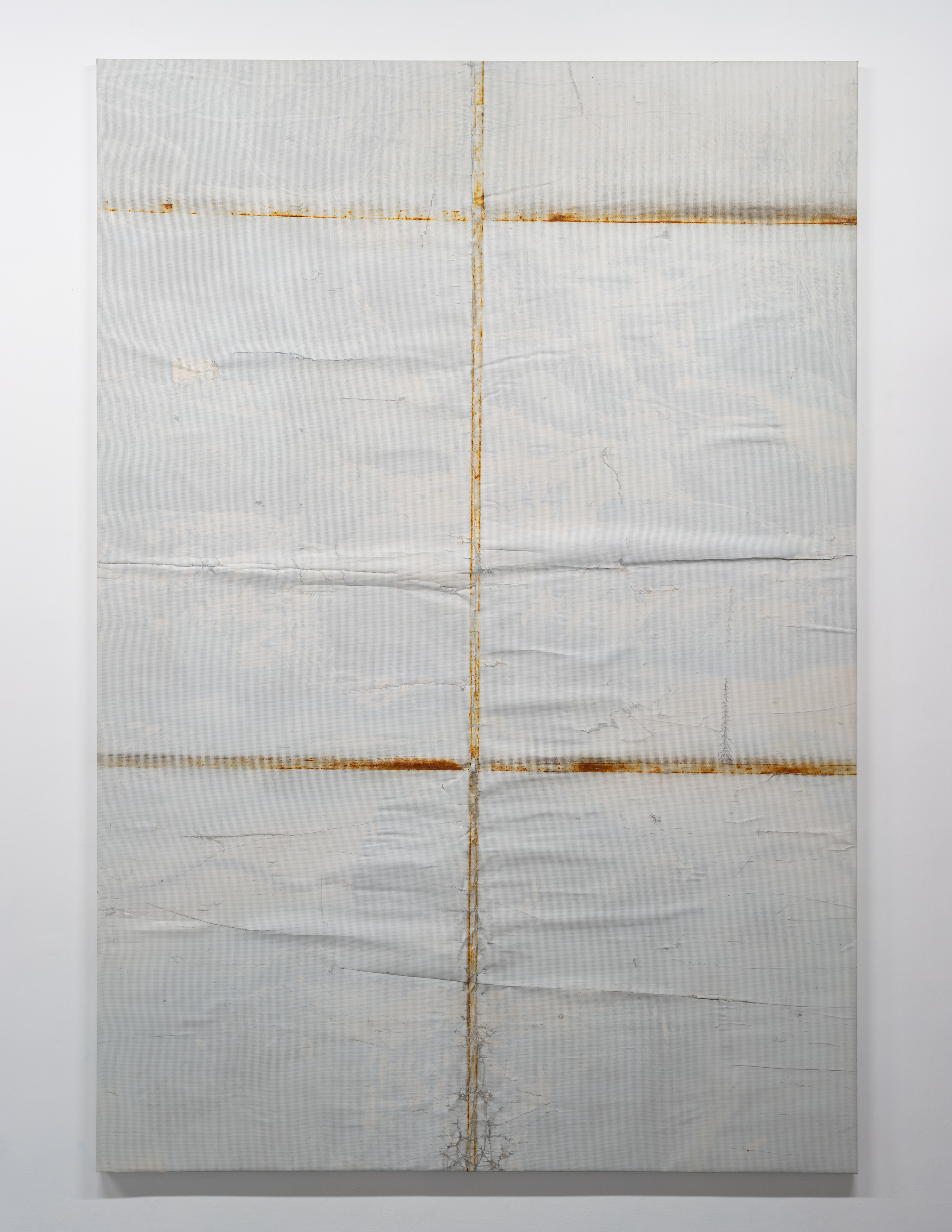
PVC banner
253 x 174 cm
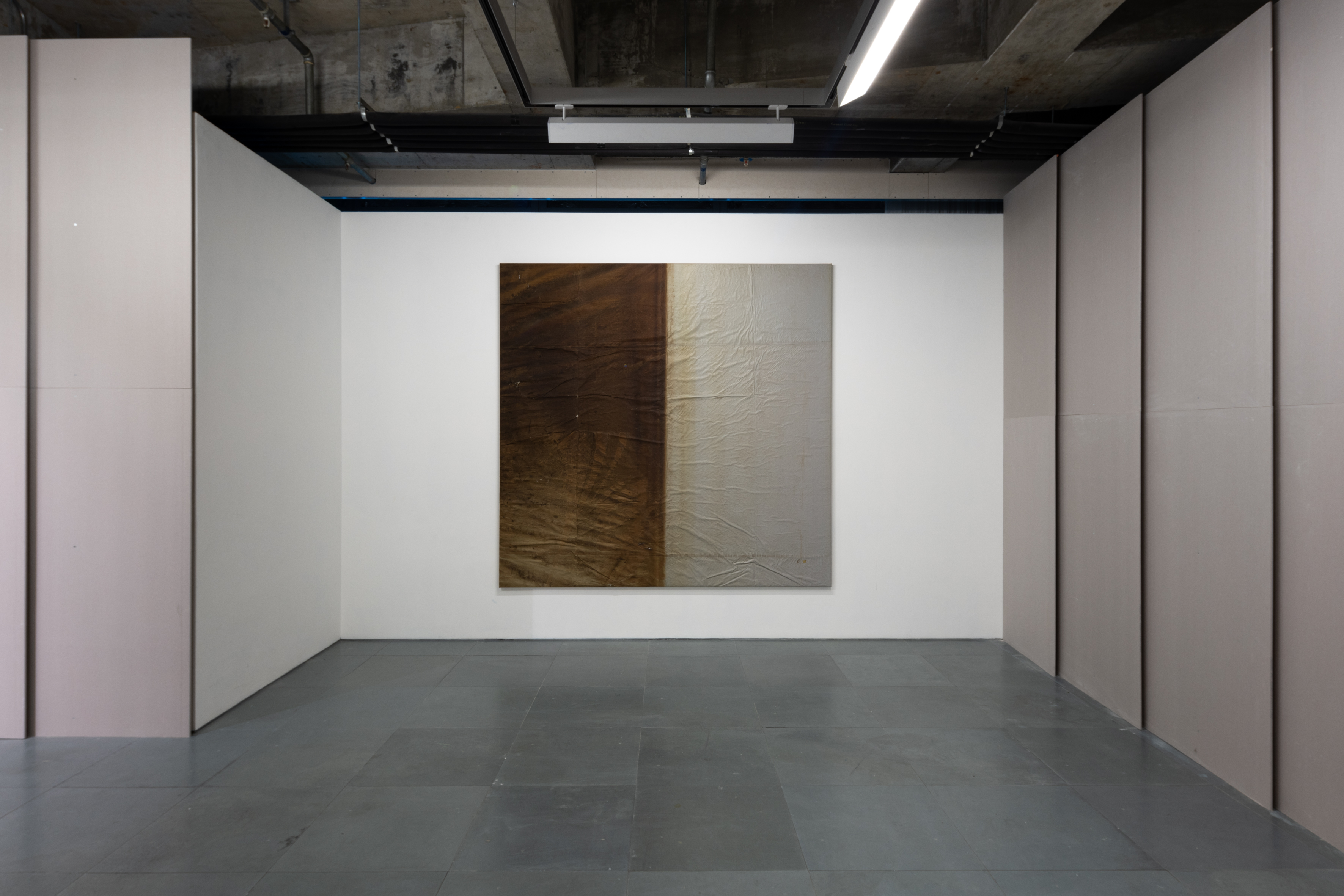
PVC Banner
226 x 233 cm

2017
Steel, Nylon
240 x 240 x 210 cm
Installation view at ArtReview Asia Xiàn Chǎng, West Bund Art & Design 2017
Image courtesy of YTJ Studio

2015
Steel
178 x 178 x 180 cm each
Installation view at FIAC 2016 ‘Hors les Murs’
Co-presented by Edouard Malingue Gallery and Galerie Valentin
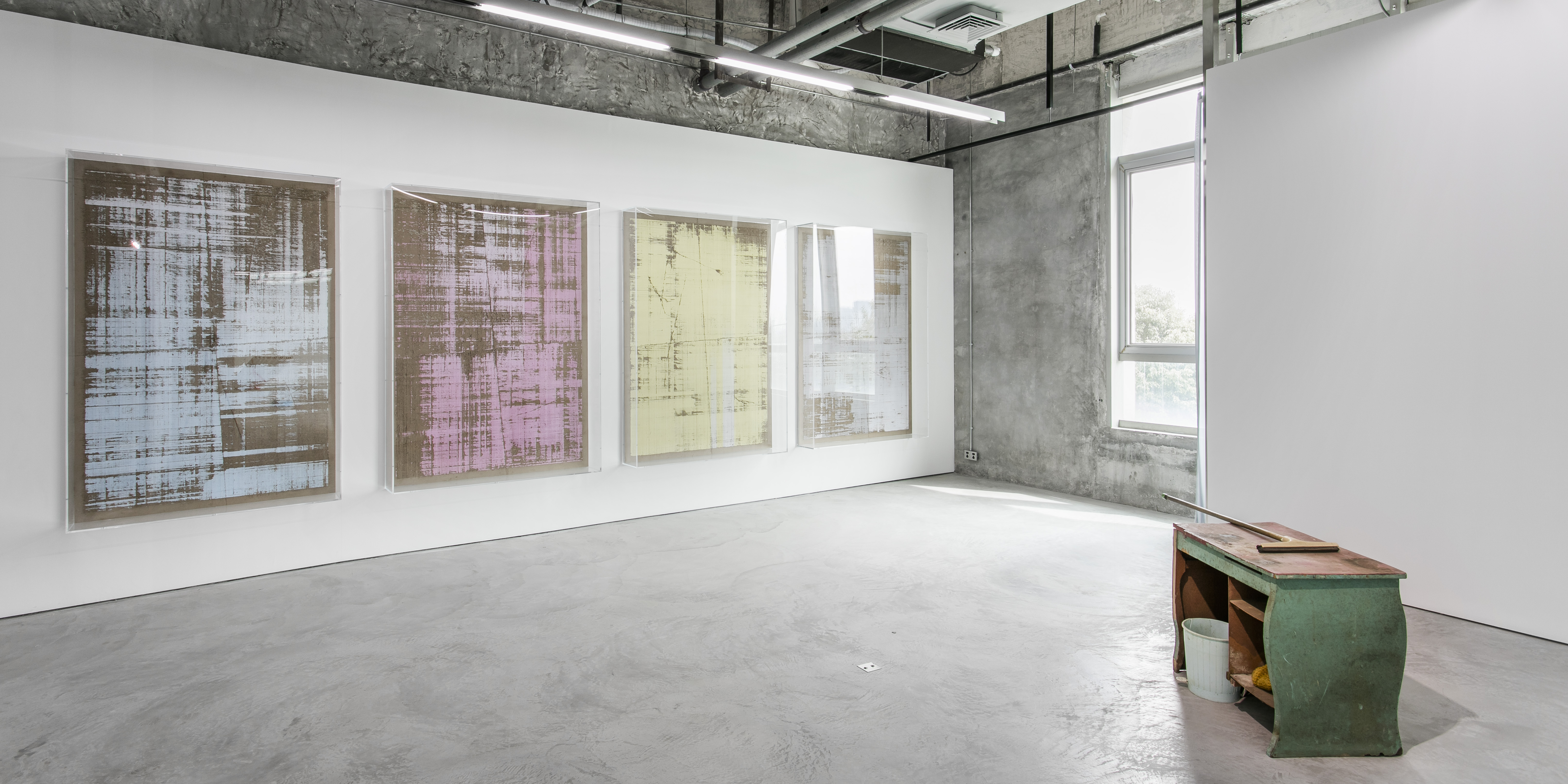
‘choo choo mama’, Edouard Malingue Gallery, Shanghai, 2017
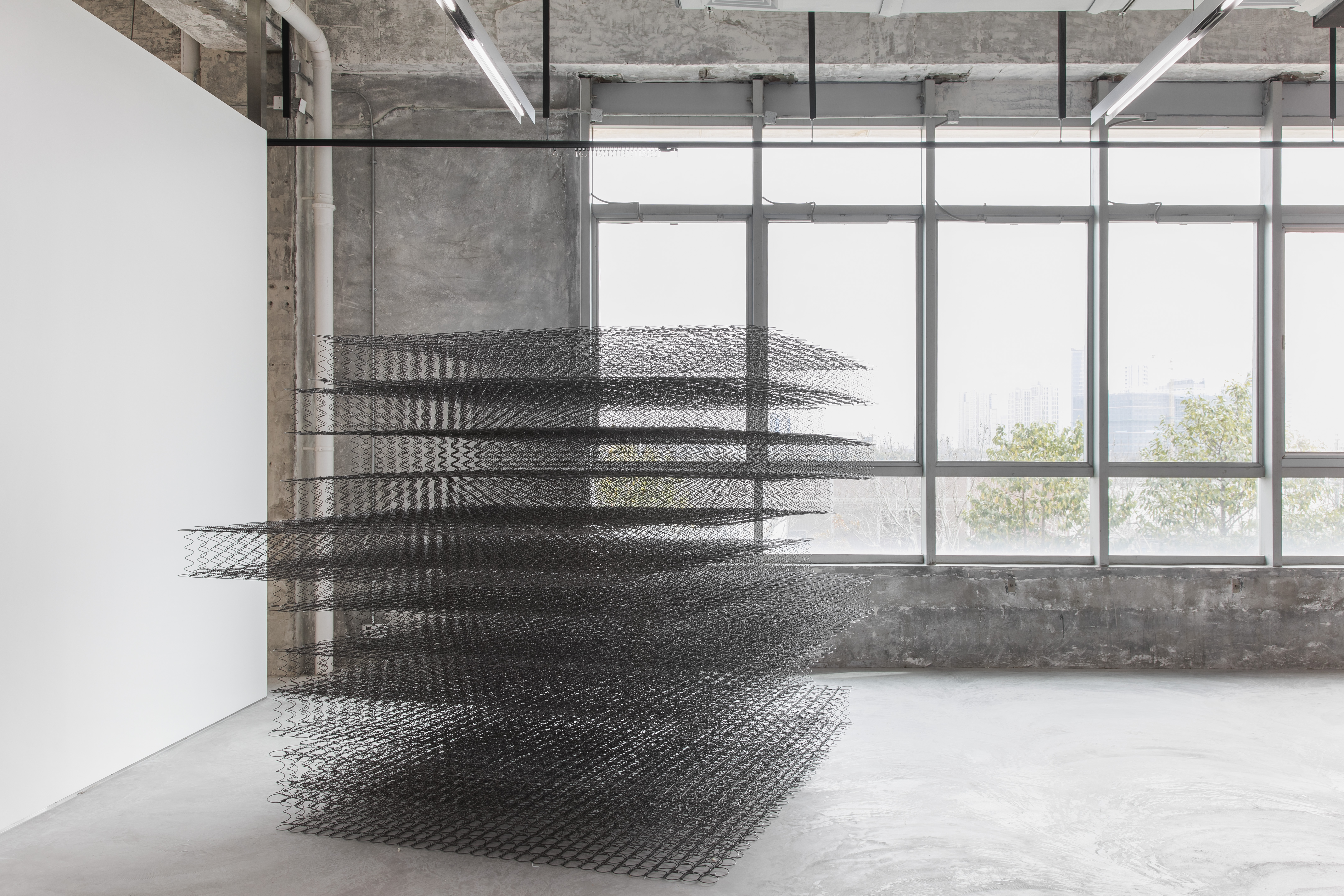
2017
steel
240 x 240 x 210 cm
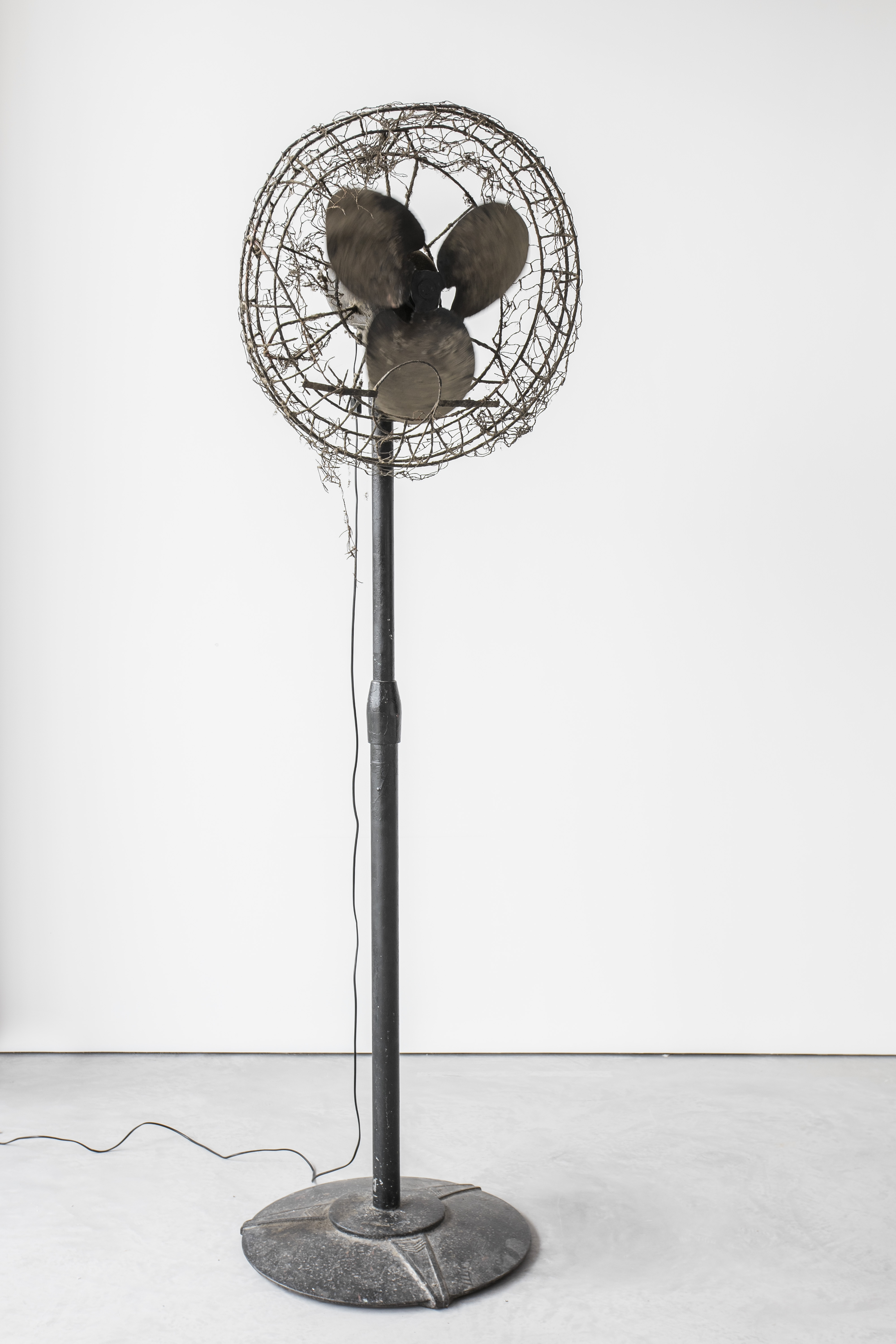
Steel, micro motor
227 x 80 x 80cm
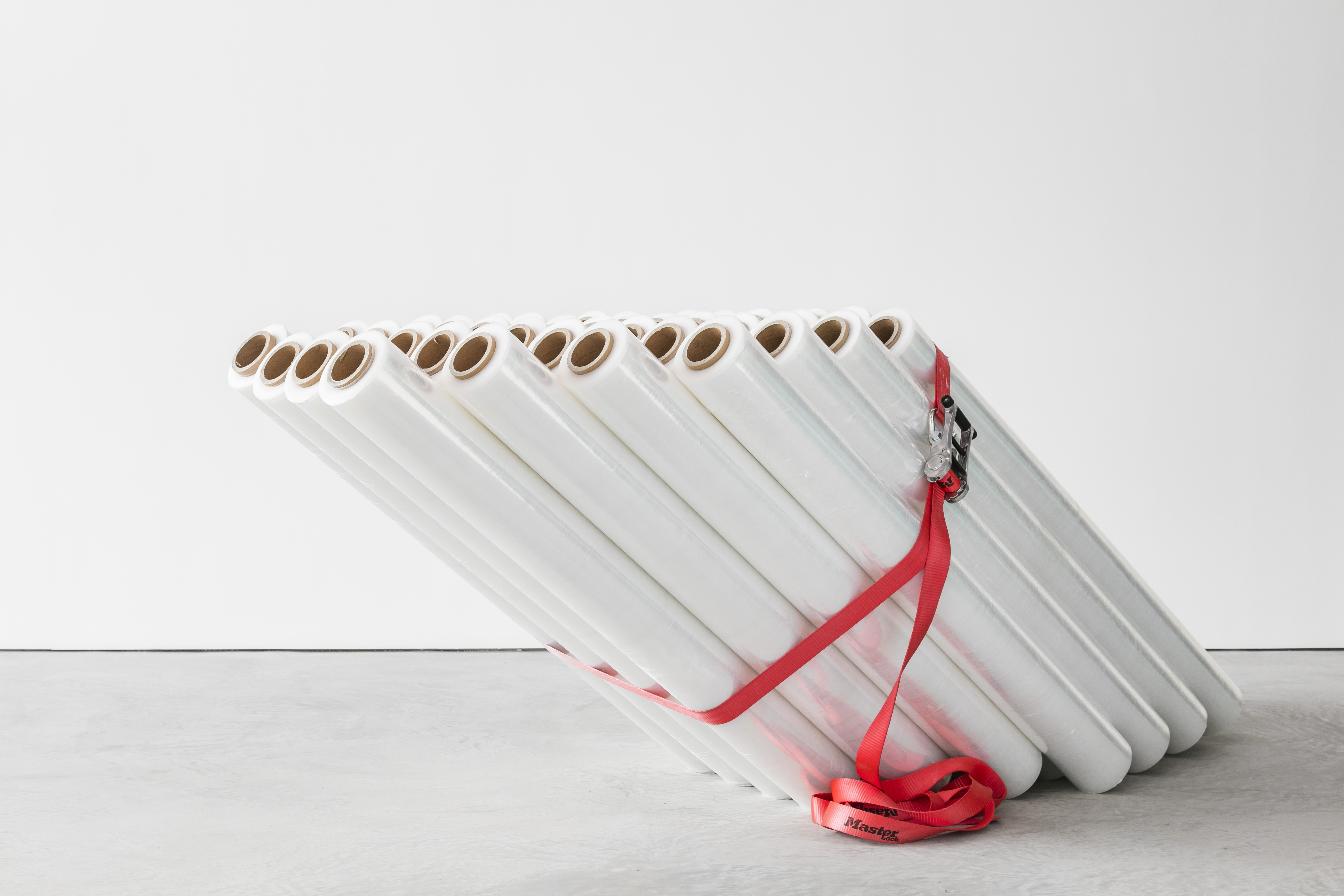
2017
Polyester, cardboard, nylon
100 x 250 x 105 cm
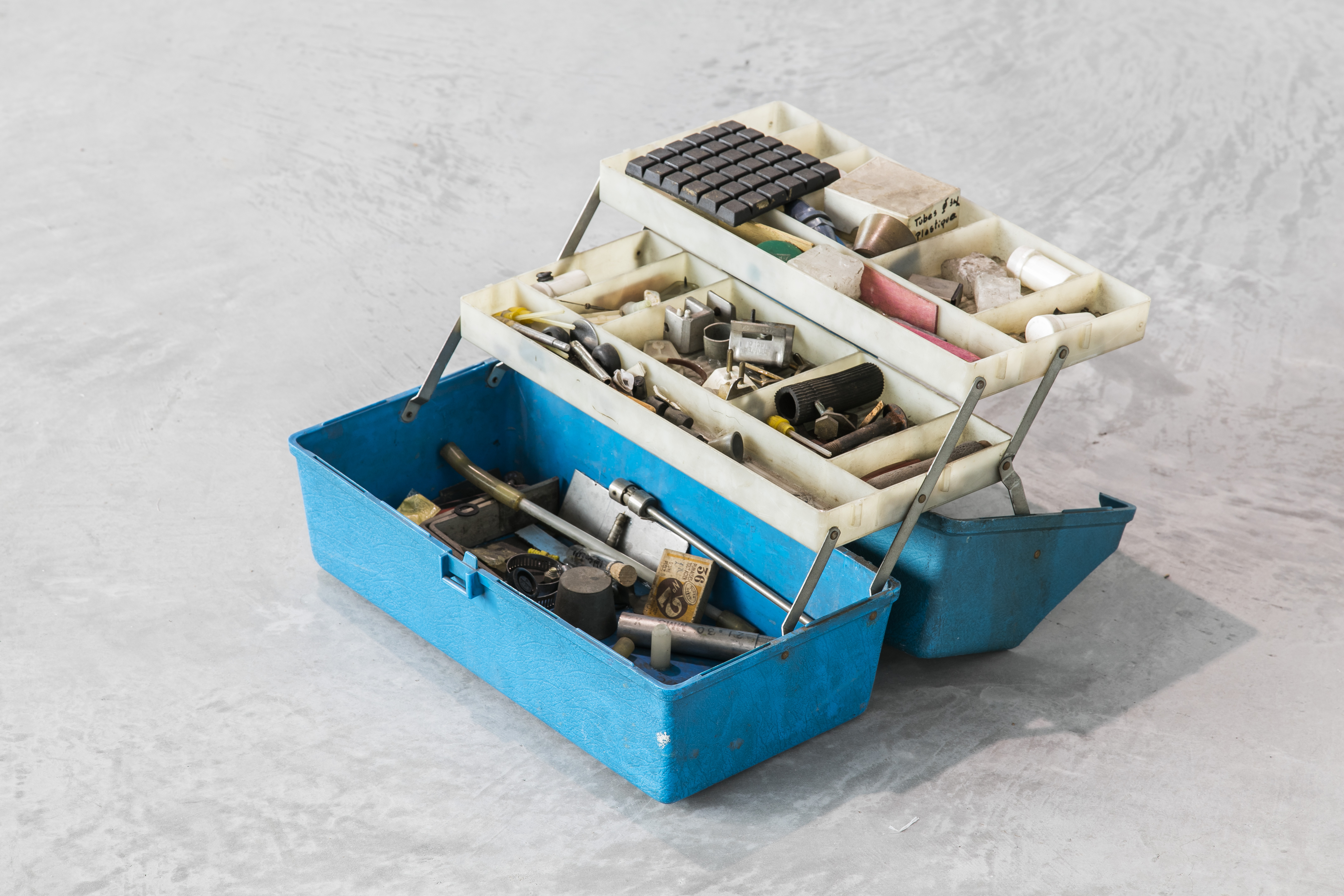
2017
Plastic, steel and others
50 x 45 x 20 cm
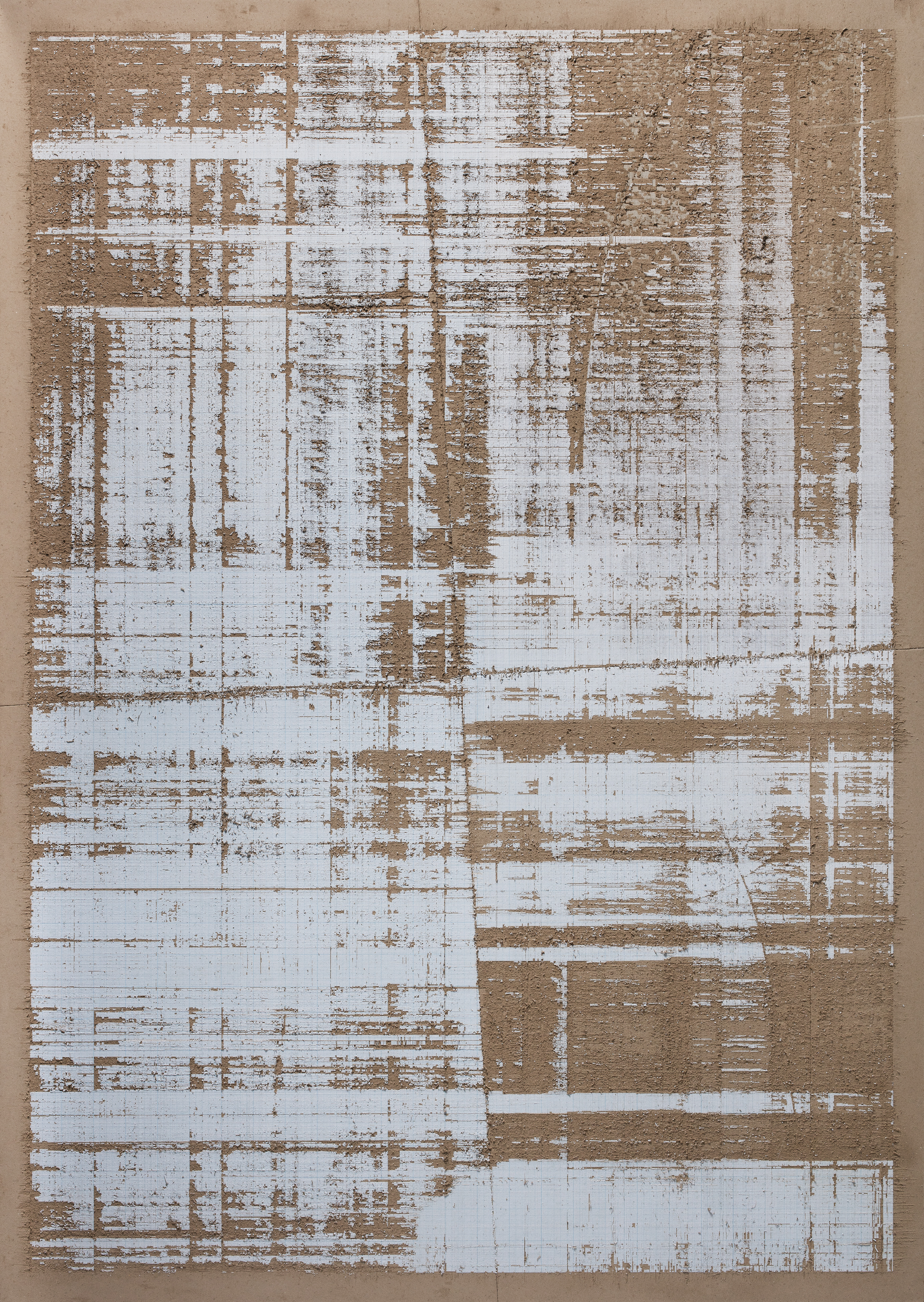
2017
Aluminium, paper, cardboard, PMMA
207.2 x 147.2 x 26 cm
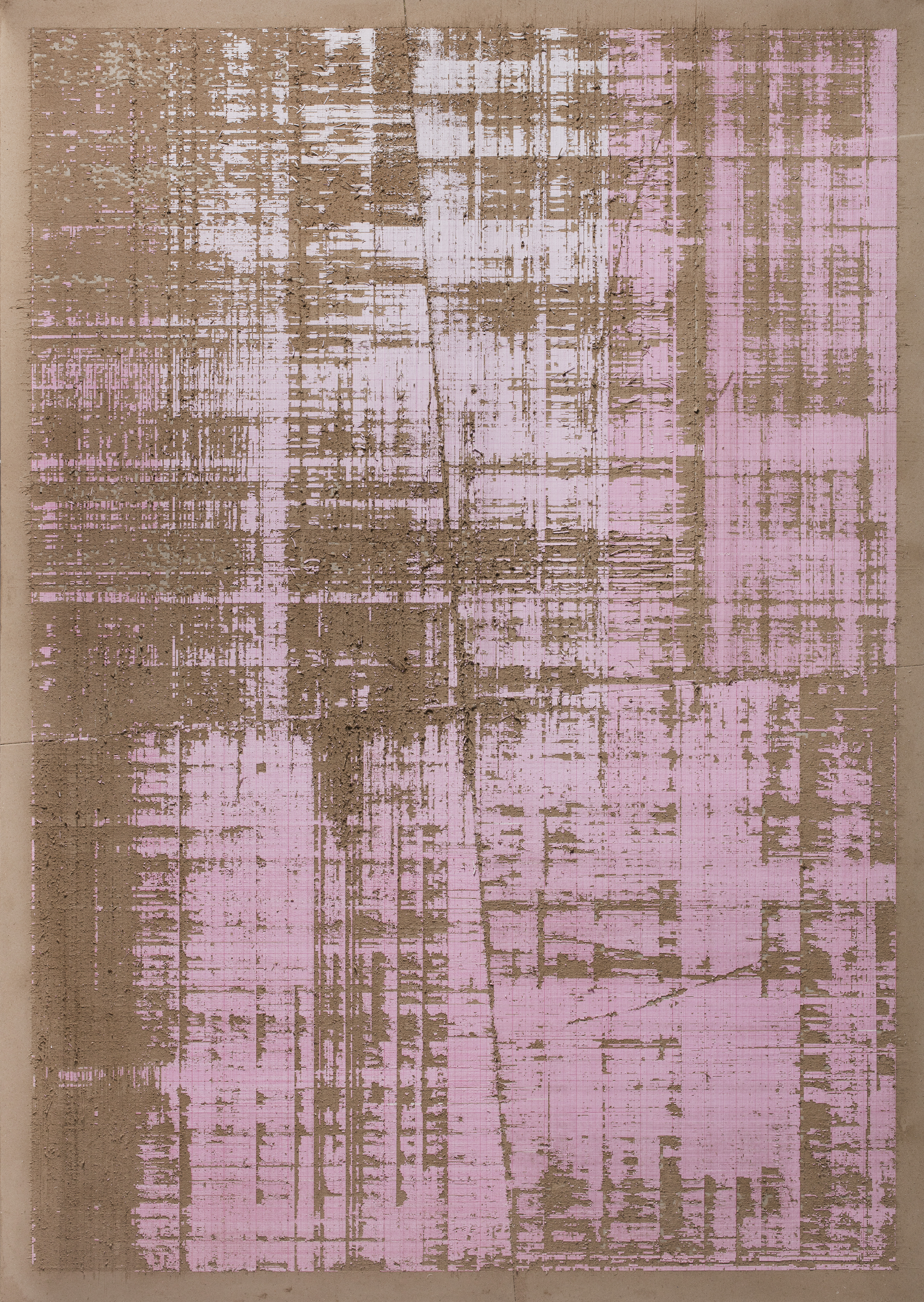
2017
Aluminium, paper, cardboard, PMMA
207.2 x 147.2 x 26 cm
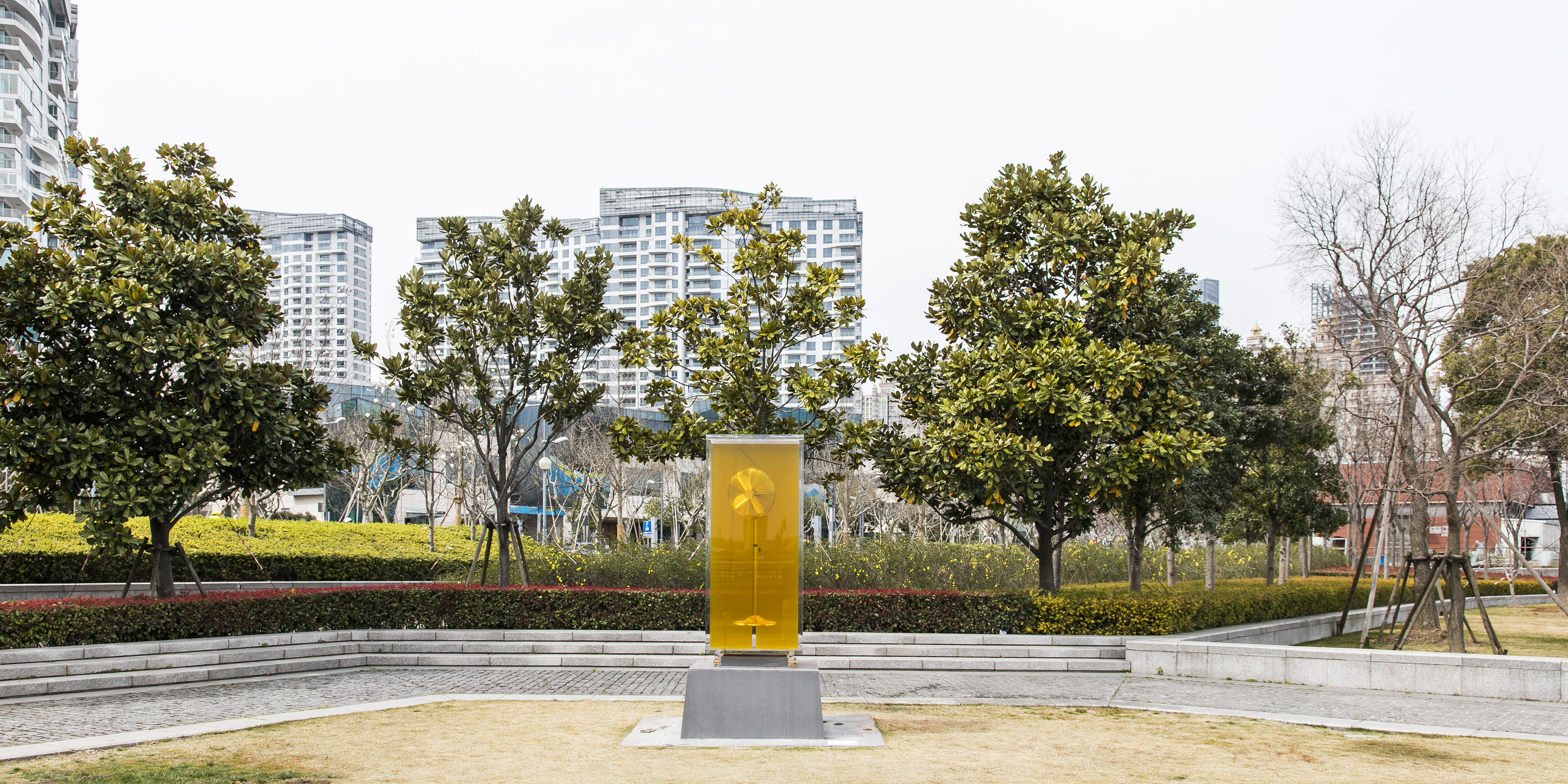
2016
Aquarium, vegetable oil, electric fan
183 x 82 x 82 cm
Installation view at West Bund Waterfront

Installation view at Art Basel Miami Beach 2016
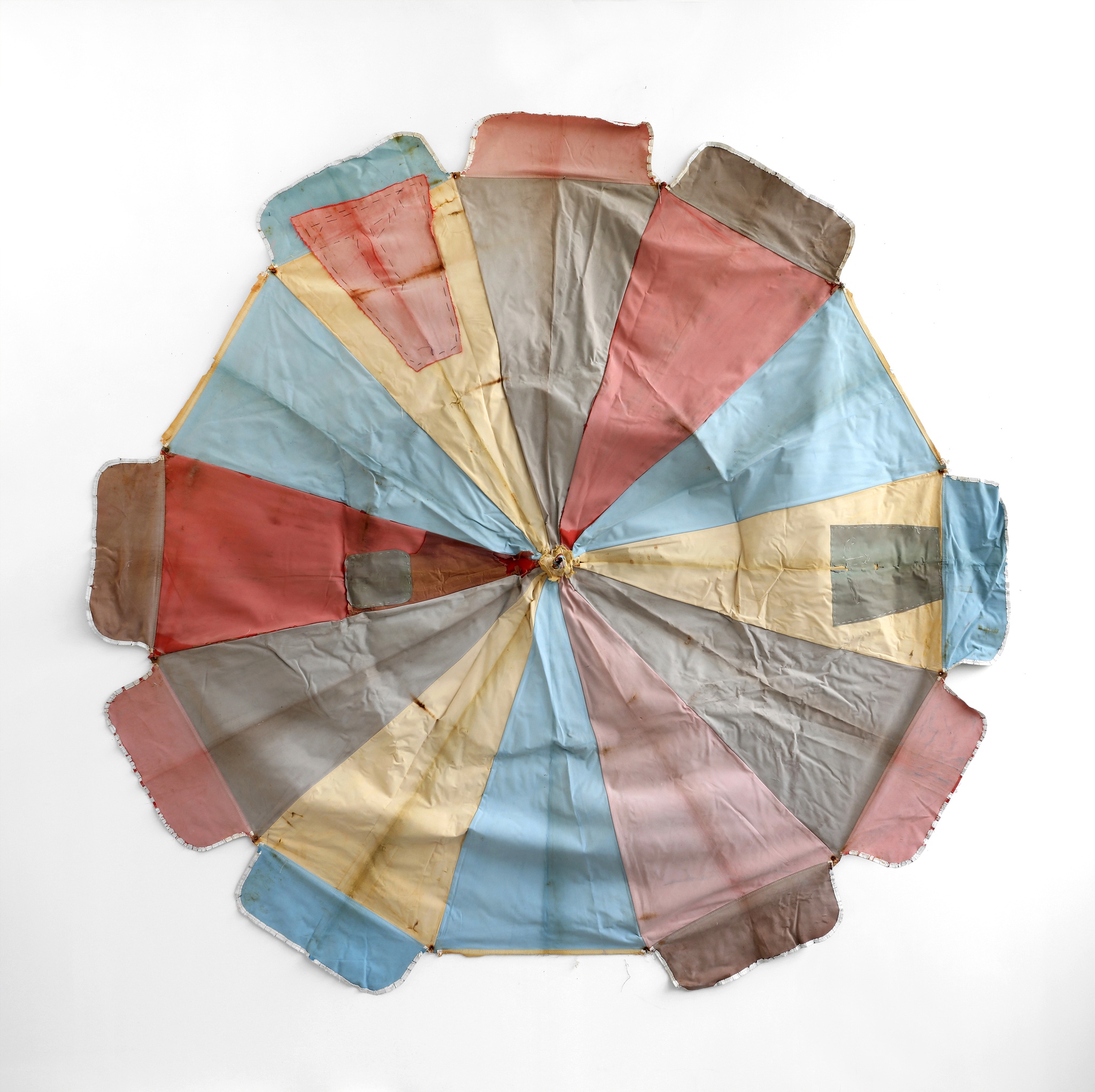
2016
Cotton
Diameter 240 cm x 3 cm
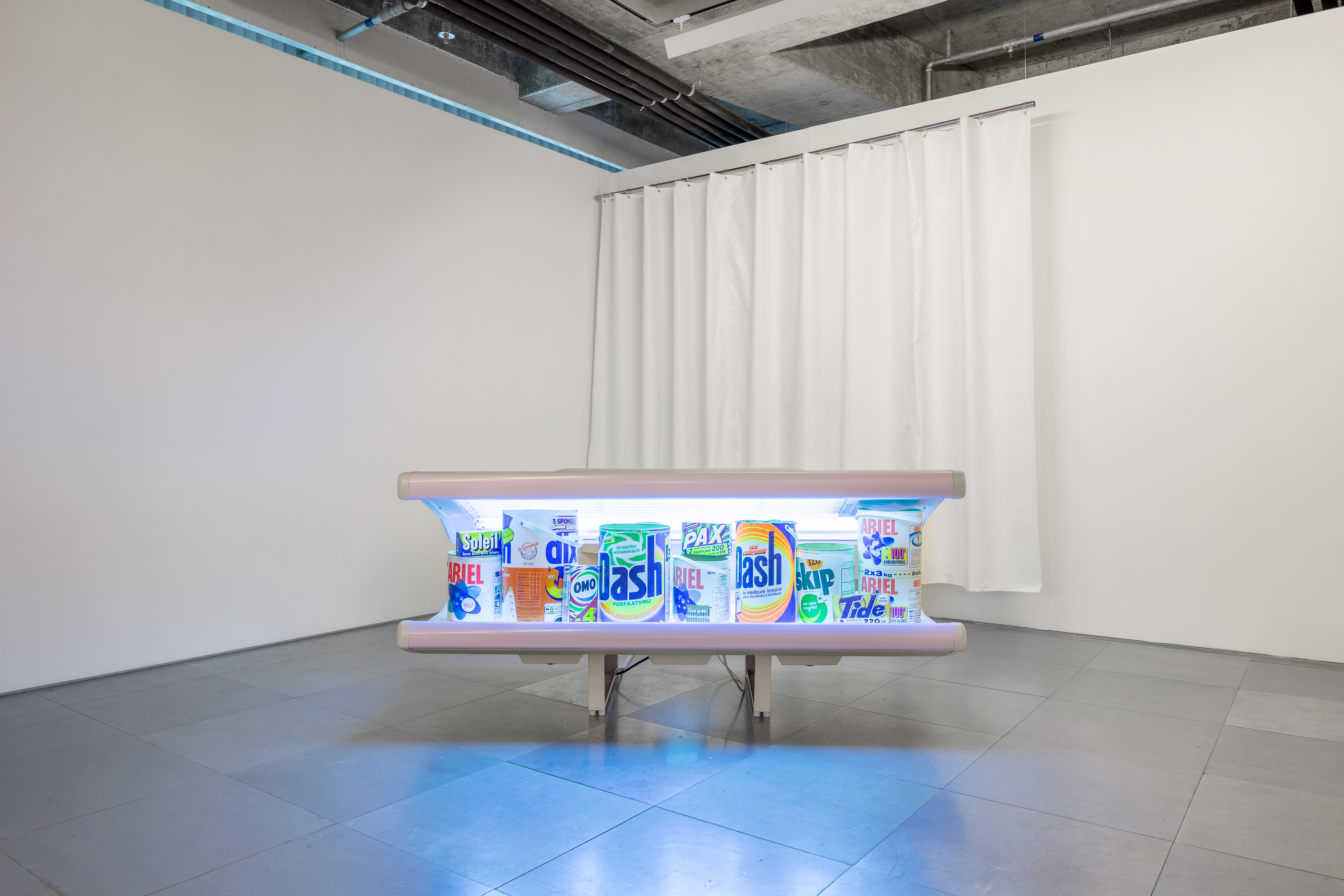
2015
Sunbed, washing powder
200 x 85 x 75 cm

2015
Poster, spray paint
230 x 162 x 46 cm

2015
178 x 178 x 180 cm
Steel

2015
Door mat, silicone, steel
158 x 81 cm (left)
159 x 81 cm (right)

2015
Fiberglass, steel, coloured resin
159 x 120 cm
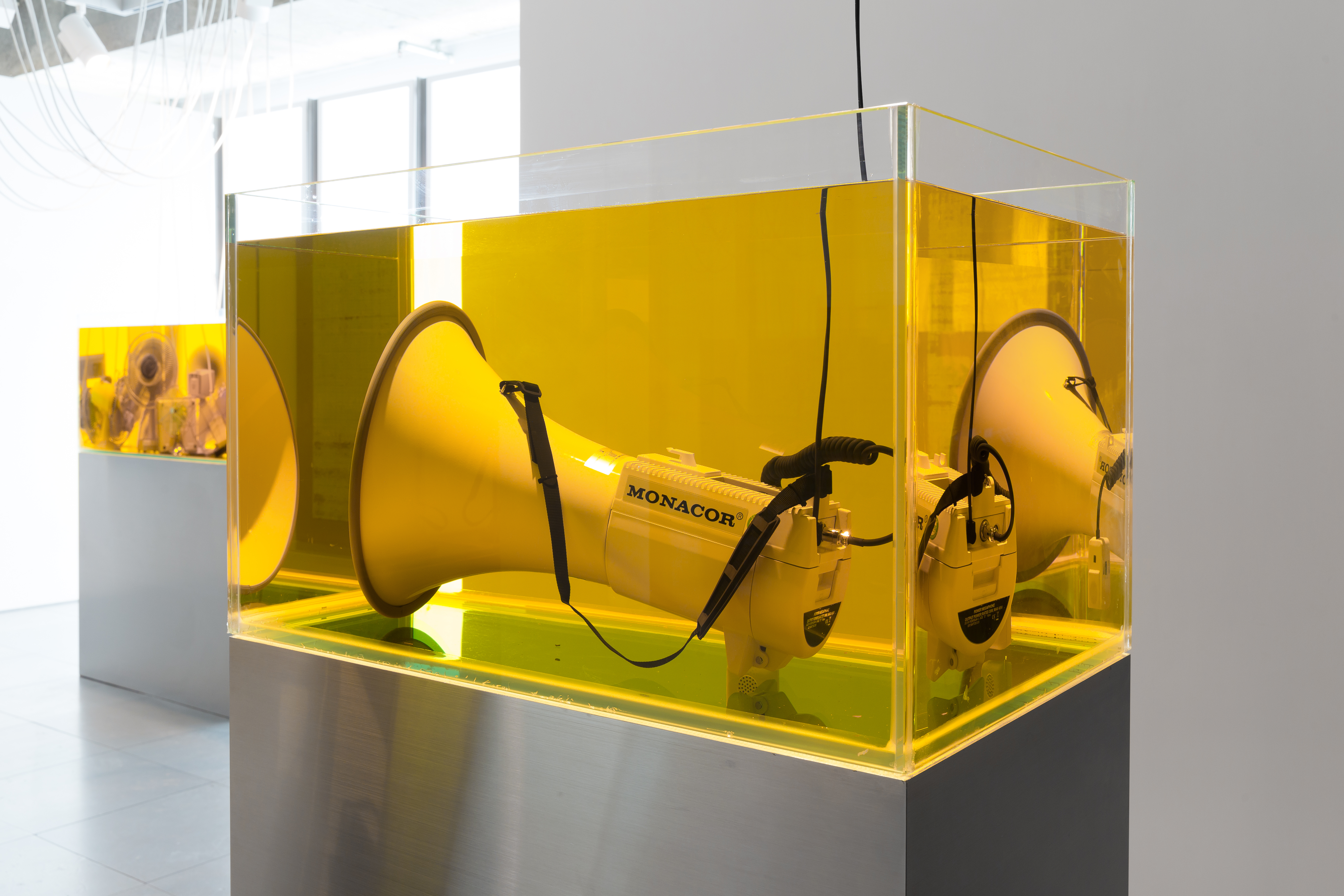
2015
Aquarium, oil, megaphone
47 x 80 x 50 cm

2015
Aquarium, oil, electric fans
62 x 121 x 61 cm

2015
Millimetre paper
190 x 150 x 30 cm
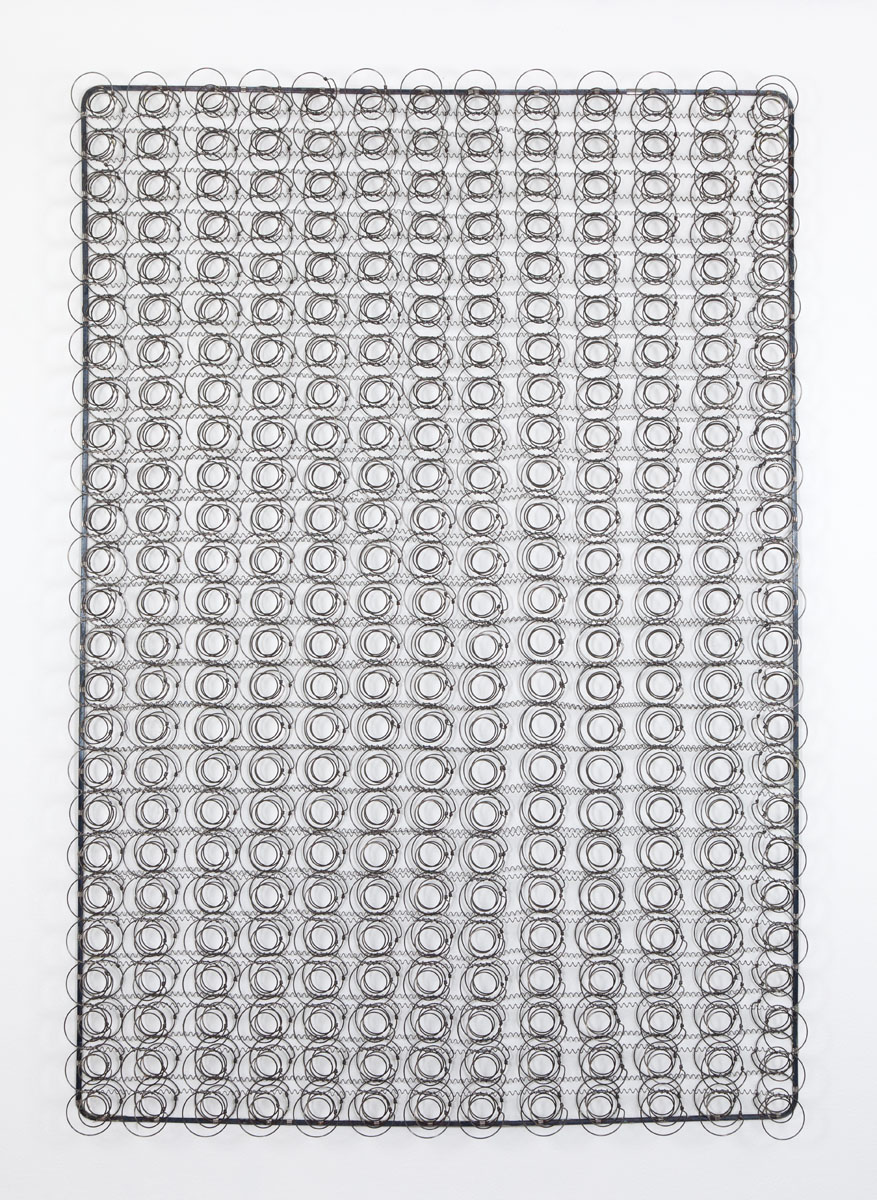
2014
Box Spring
198 x 137 x 13 cm
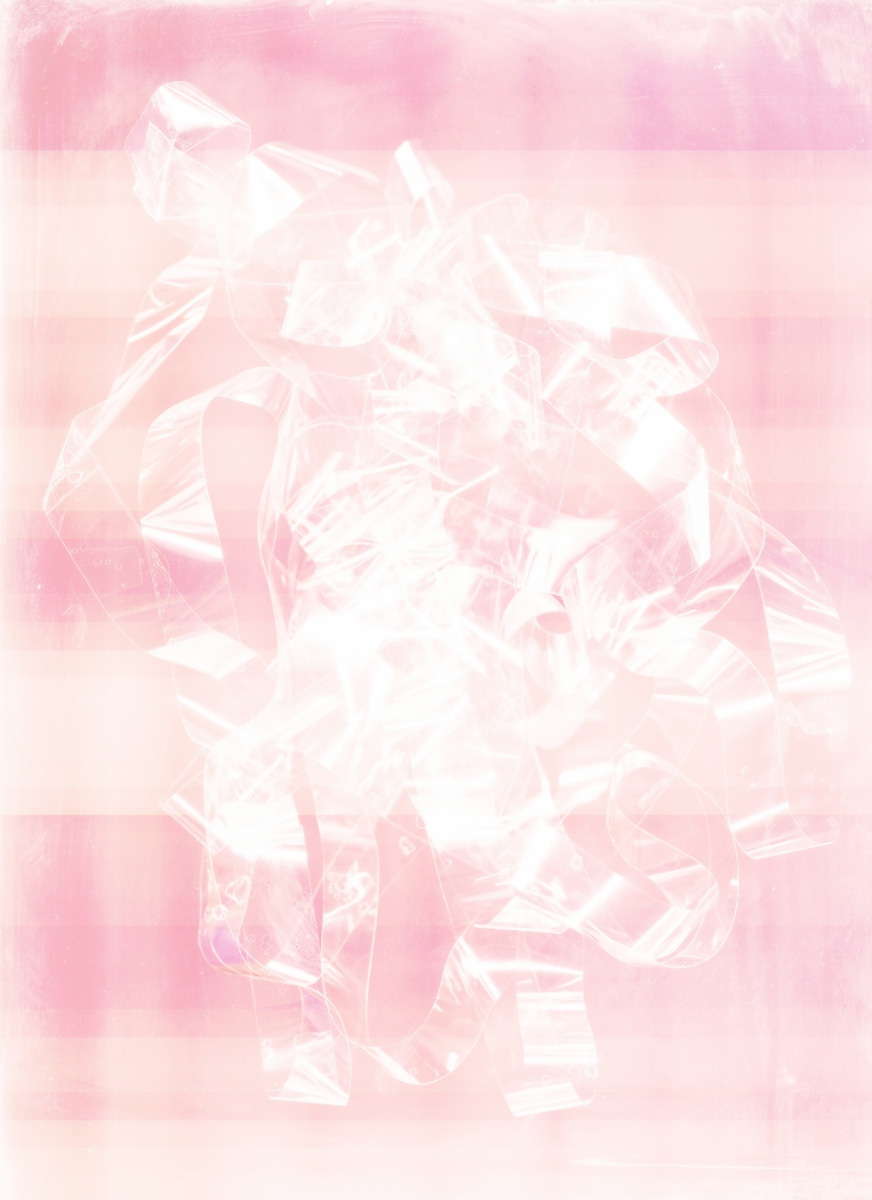
2013
photograph printed on tracing paper laid on alveolate plastic
165 x 120 x 4 cm
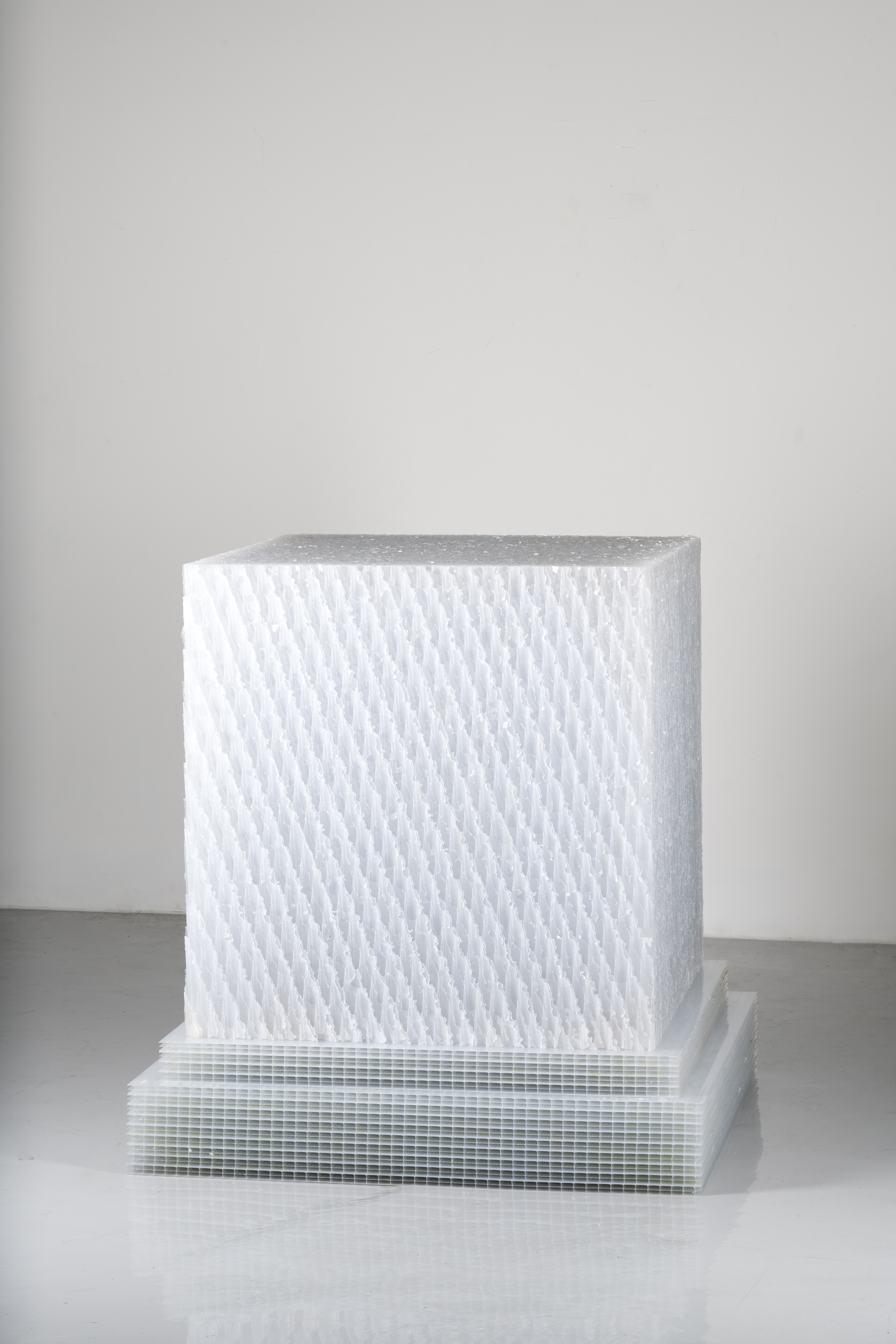
2013
Cellular plastic
97 x 95 x 95 cm
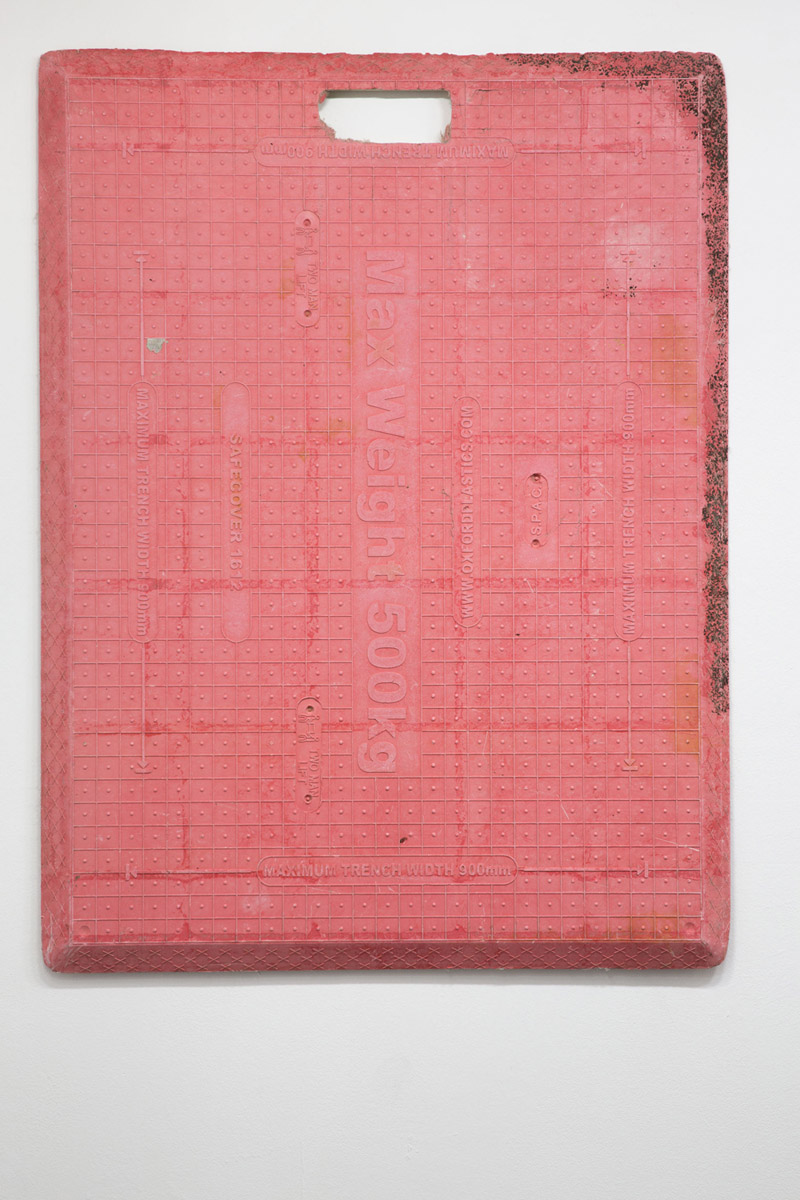
2013
Fiberglass, resin, acrylic
159 x 118 x 4 cm
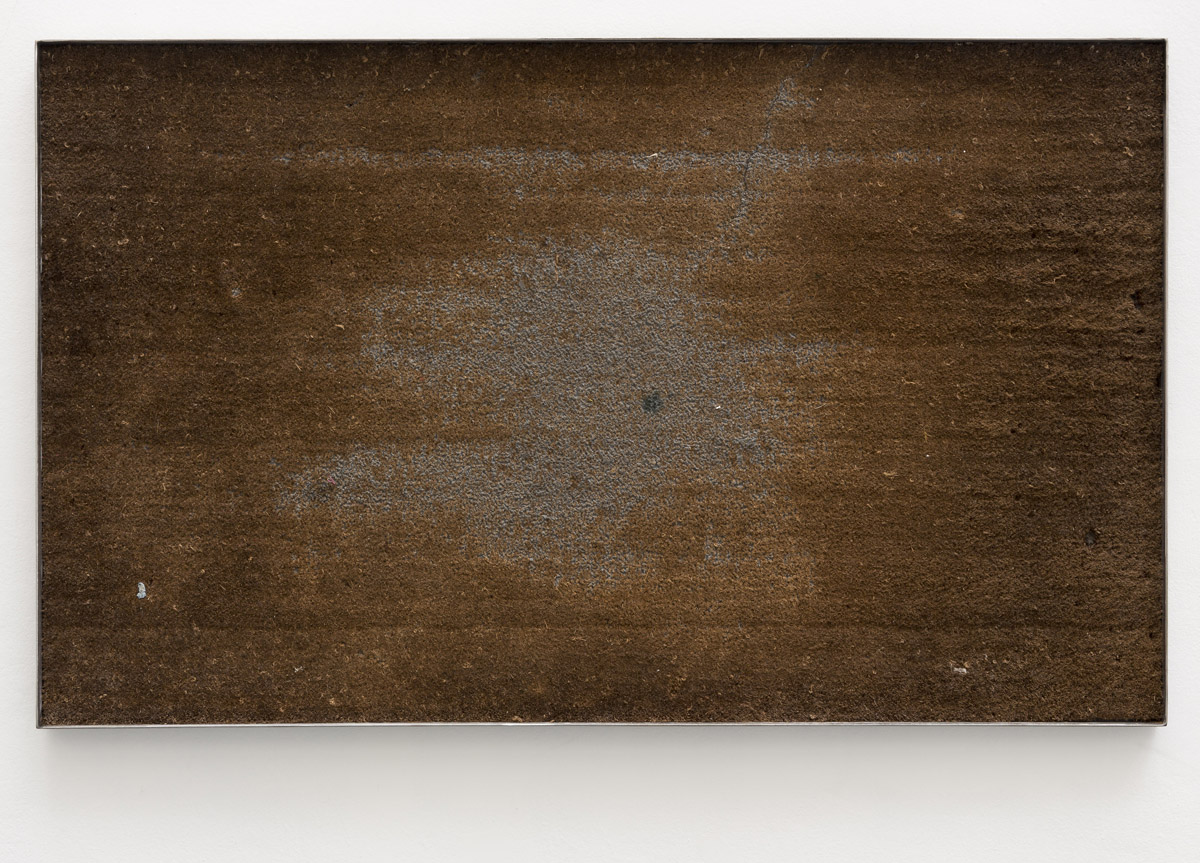
2012
Door mat, silicone, steel
75 x 125 x 3 cm
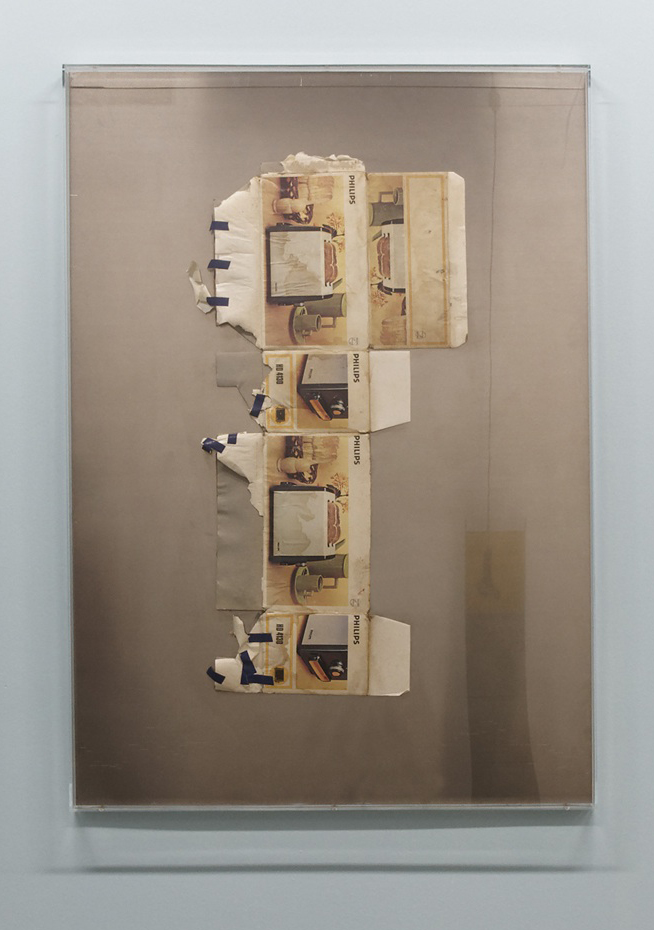
2011
Unfolded packaging, aluminium, wood, perspex
126.5 x 91.5 x 6 cm
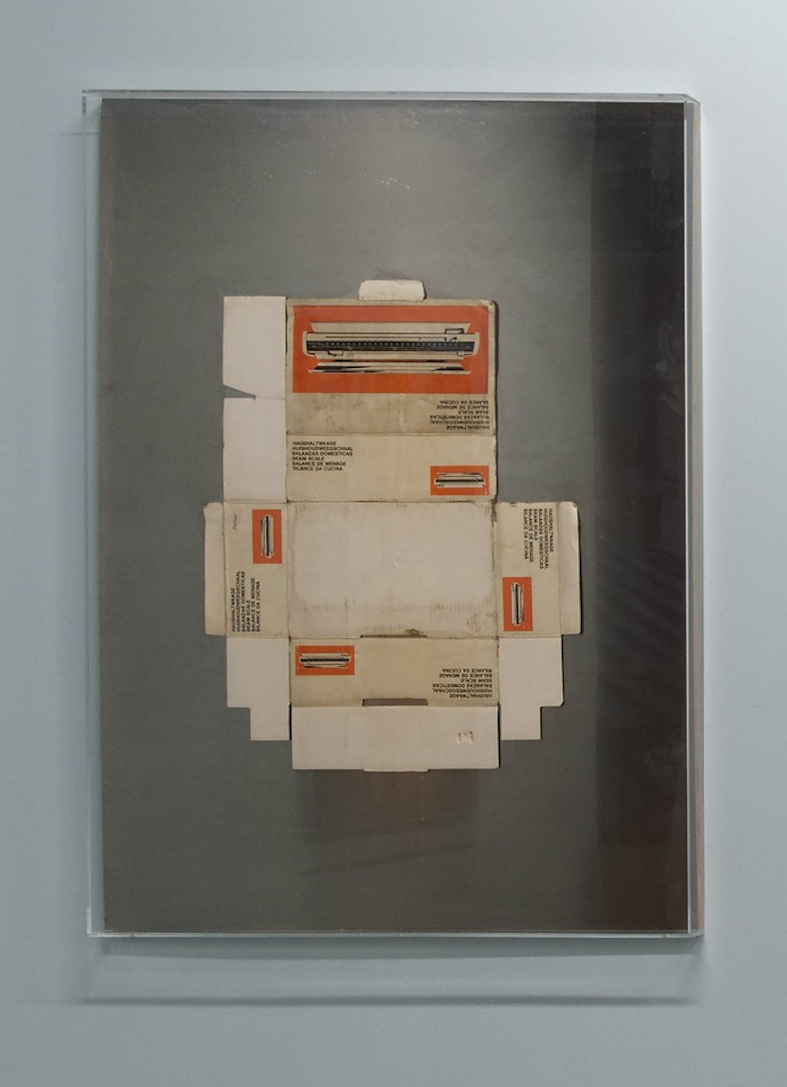
2011
Unfolded packaging, aluminium, wood, perspex
126.5 x 91.5 x 6 cm

2008
Fiberglass, resin
64.5 x 84.5 x 99.5 cm